Zanzibar Spice Tour:
A must try experience!
Zanzibar is known as The Spice Island so it is no wonder a spice tour is on most travelers’ to-do list. Ryan and I love food and cooking so we of course were intrigued to visit a local spice farm on our trip. What we did not expect, however, was that we would learn so much! The tour was so much better than we expected and was actually one of our favorite things we did on Zanzibar.
The Tour
We were picked up from our hotel in Stone Town and drove about 30 minutes to the spice farm. When we arrived we were the only tourists there. We were met by a young boy who works at the farm who accompanied us and our tour guide as we walked around the grounds. 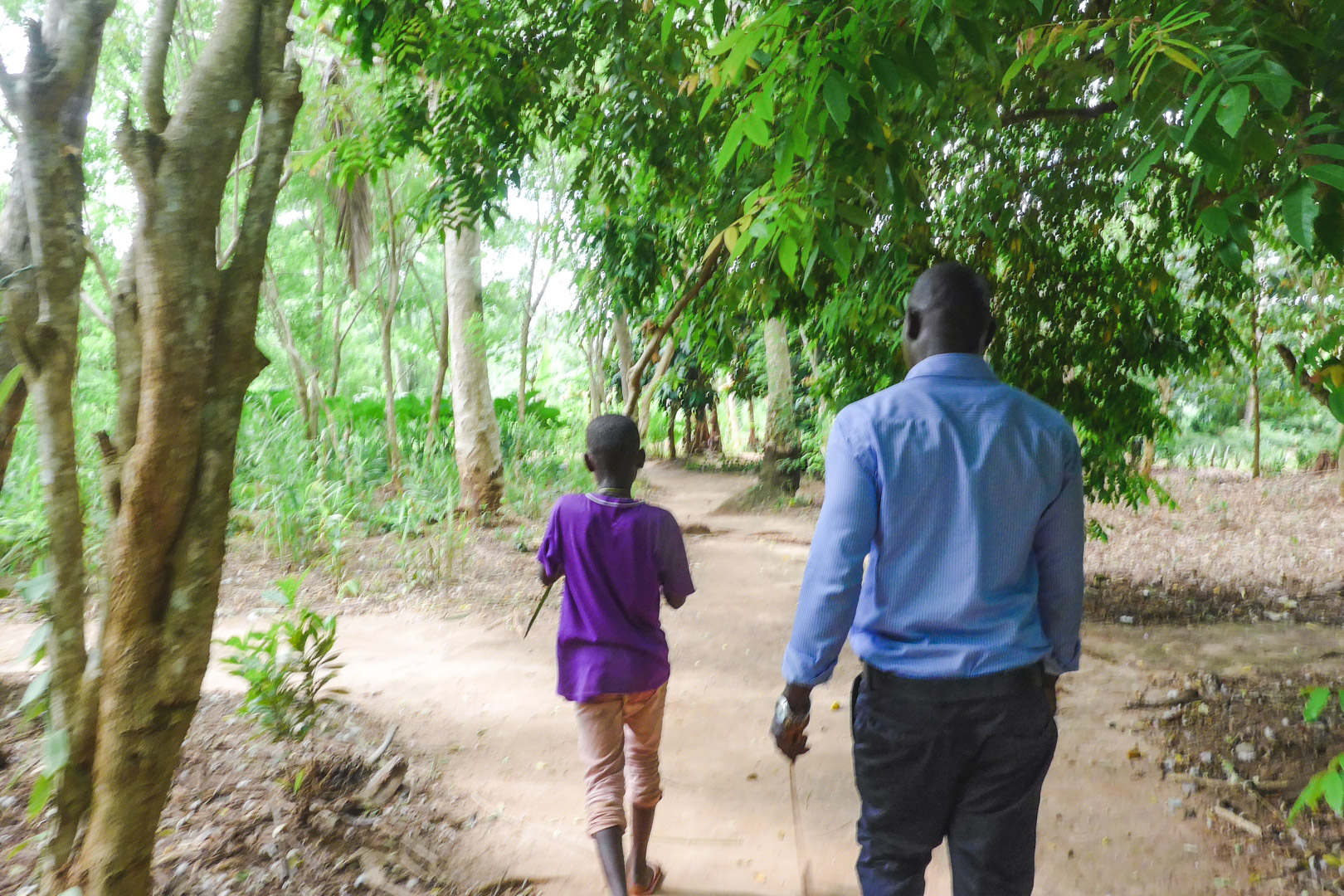
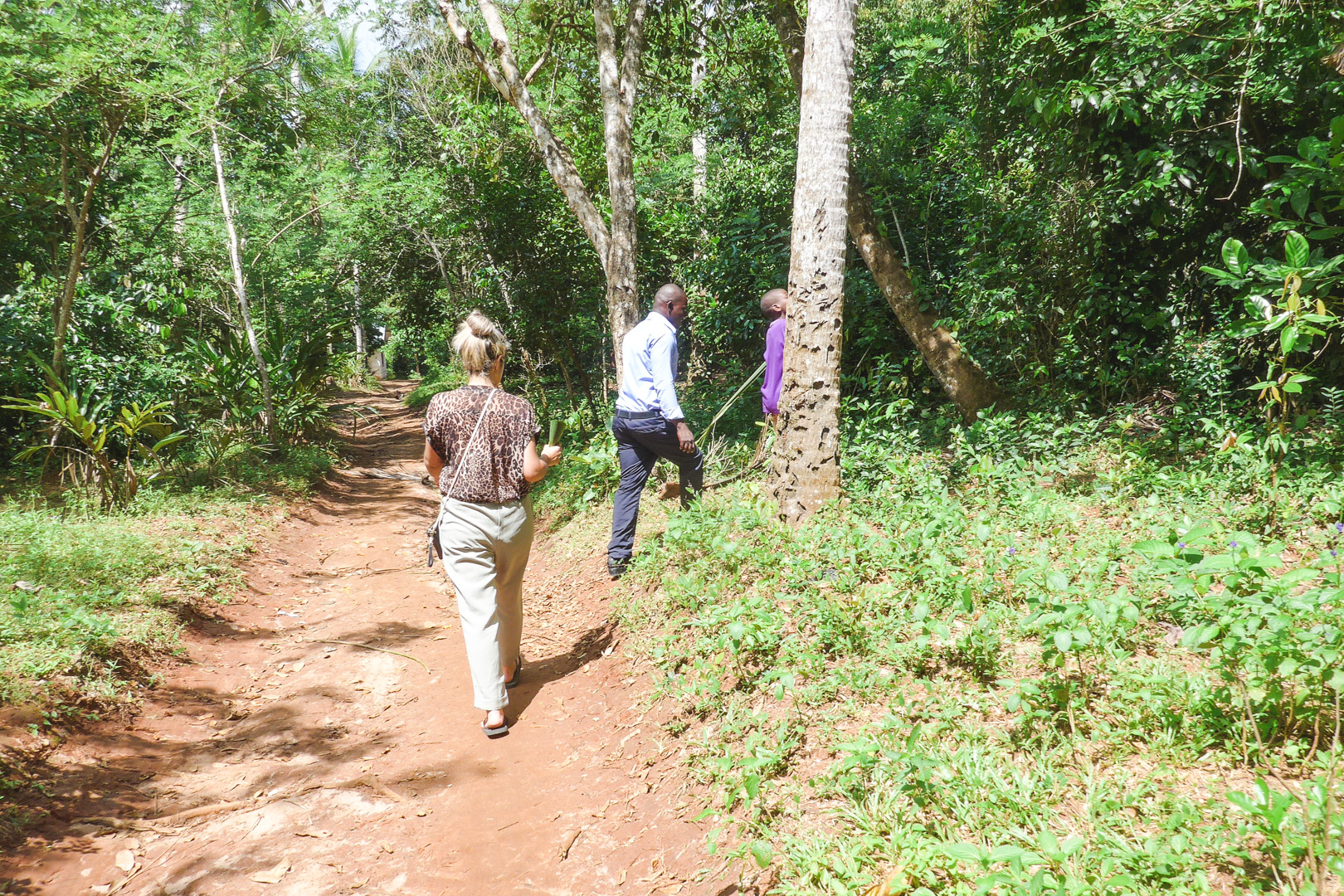
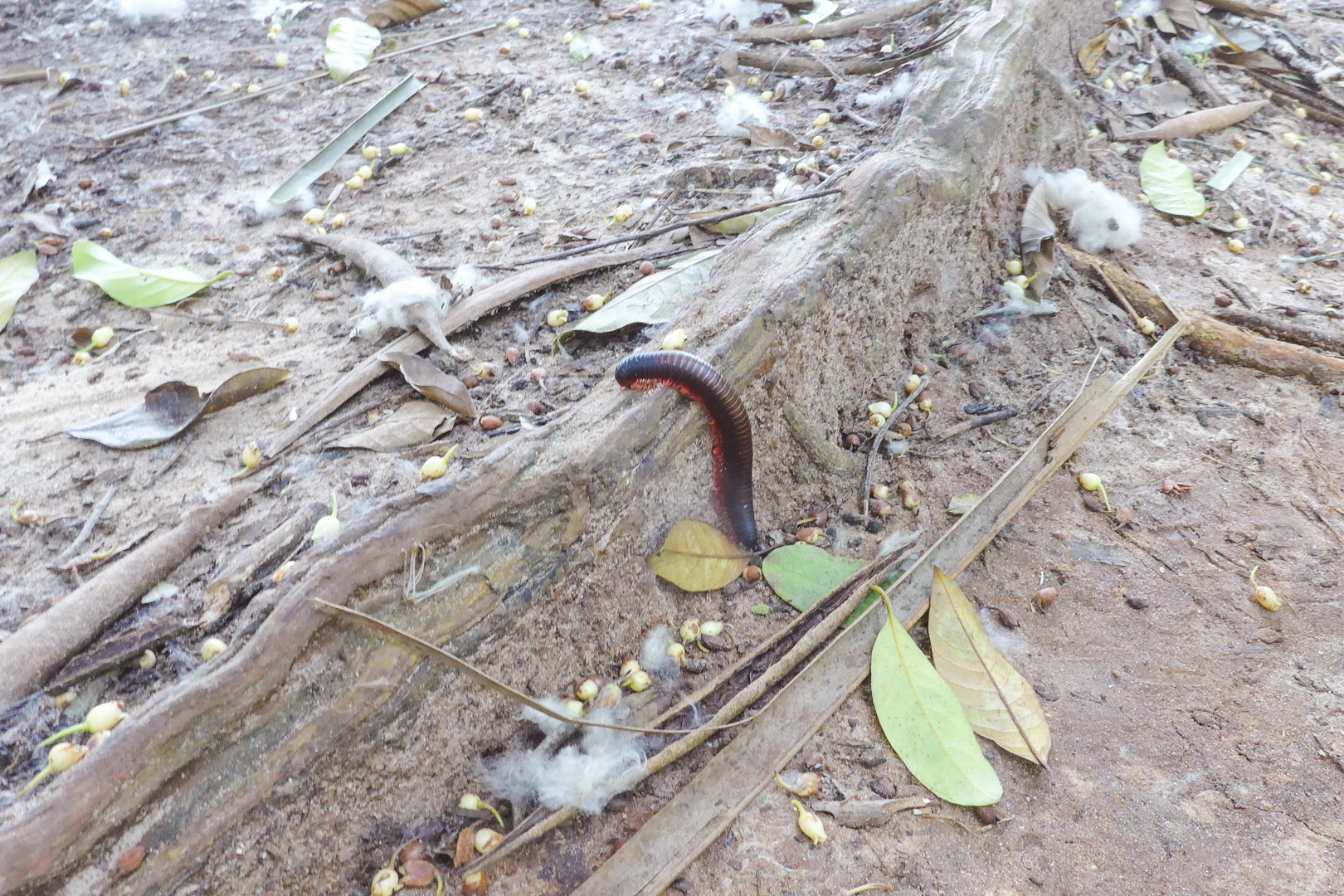
The Spices
Our spice tour guide played a fun game with us in which Ryan and I got points for each correct answer. He took us around to different plants and asked us if we knew what it was or asked us certain facts about the spices. We were amazed how much we learned and how knowledgeable our guide was! He was seriously fantastic. I wish I had a notepad with me to write down all the things we learned from him!!
Tip: Bring a pen and paper on your spice tour if you are at all interested in the healing benefits of spices – you will learn a lot and want to remember it all!
Below are some of the spices we saw and some of the interesting facts we learned from our guide.
Cotton
Did you know that cotton grows on trees? We didn’t! 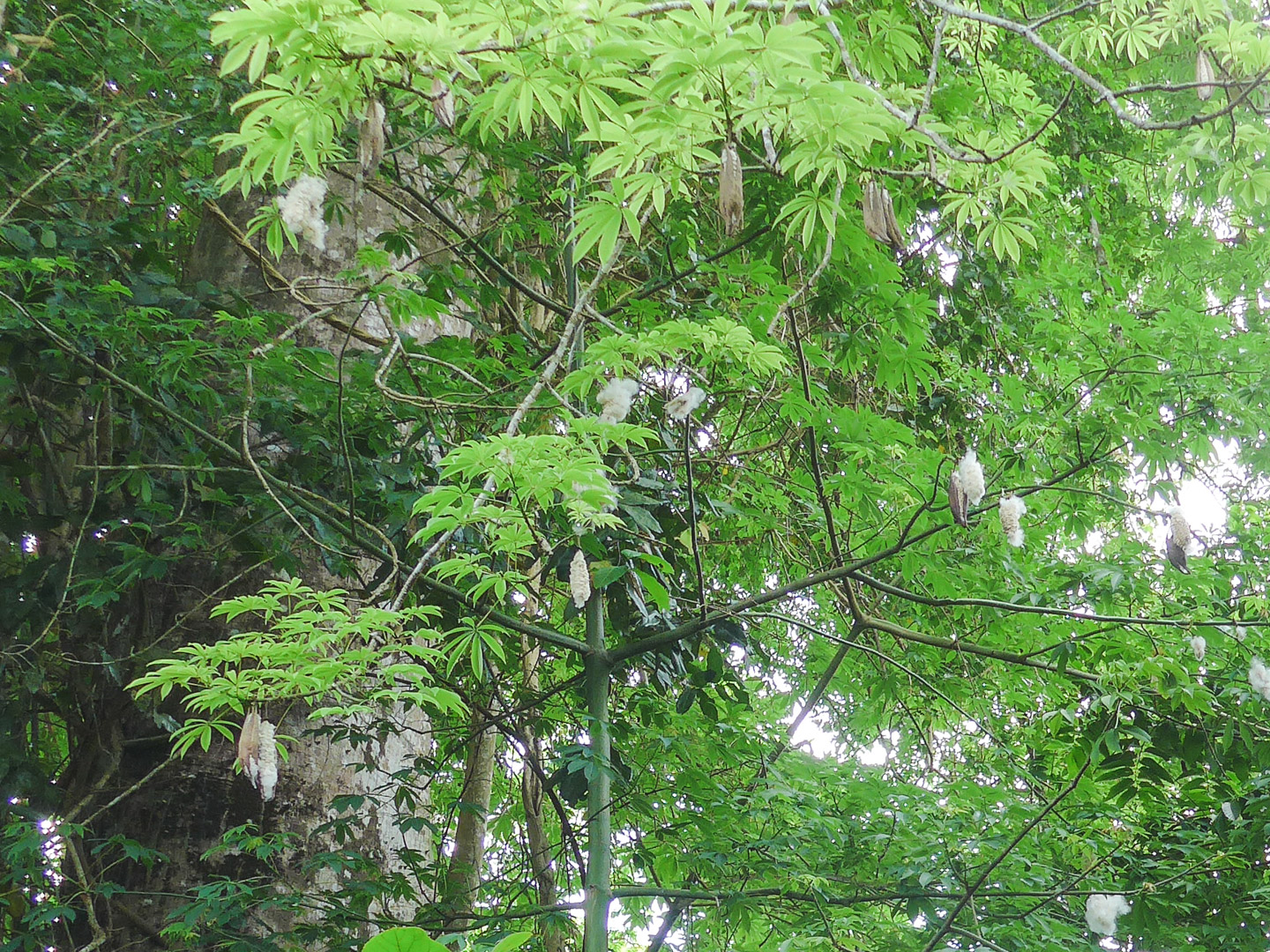
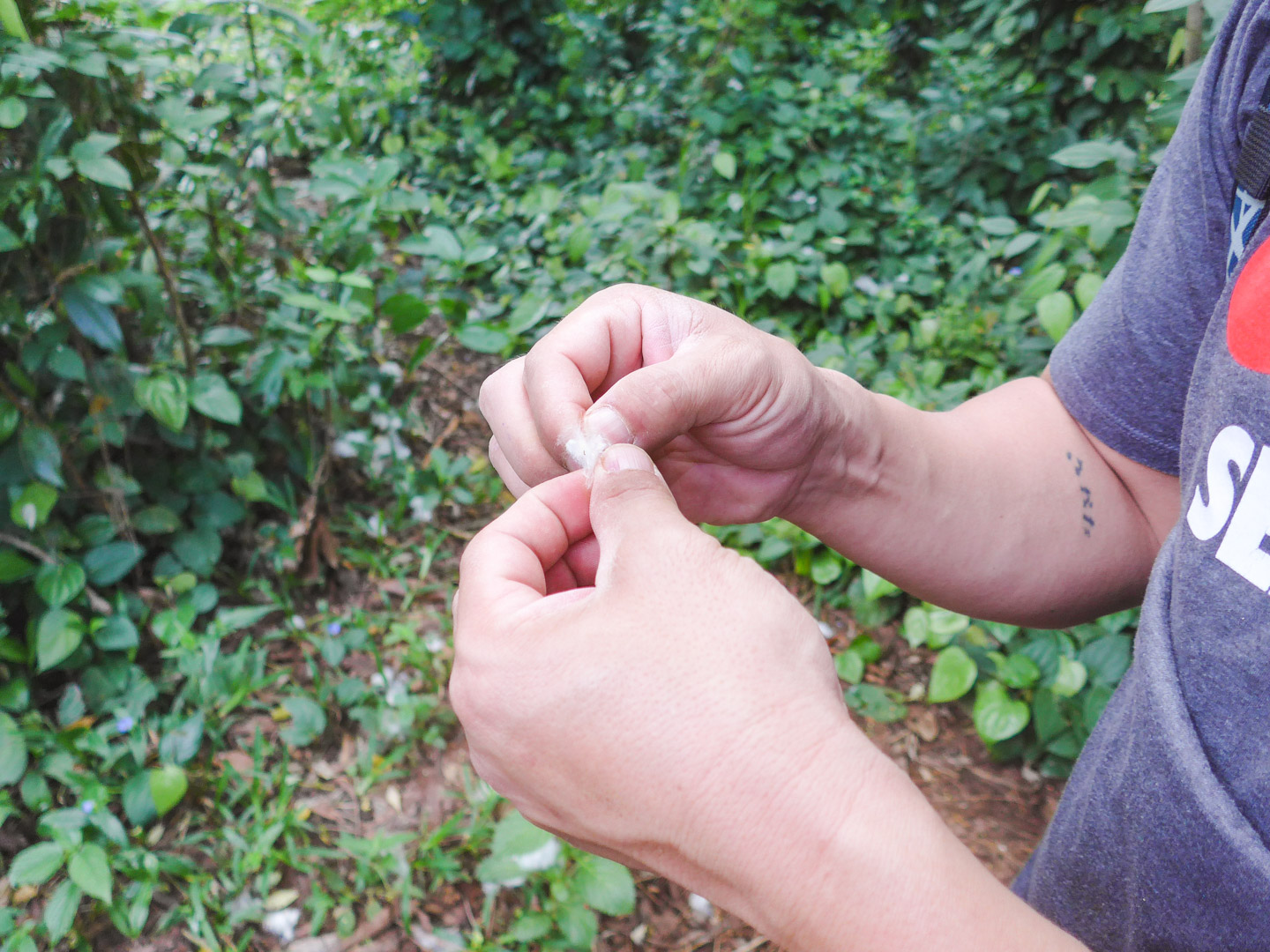
Black pepper
Black pepper grows on vines. It is picked green and then after it is dried it turns black. Did you know it can be used as an anti-inflammatory?
Turmeric
Did you know turmeric is good for acne? It supposedly can also cure bad eyesight if you catch it in time. 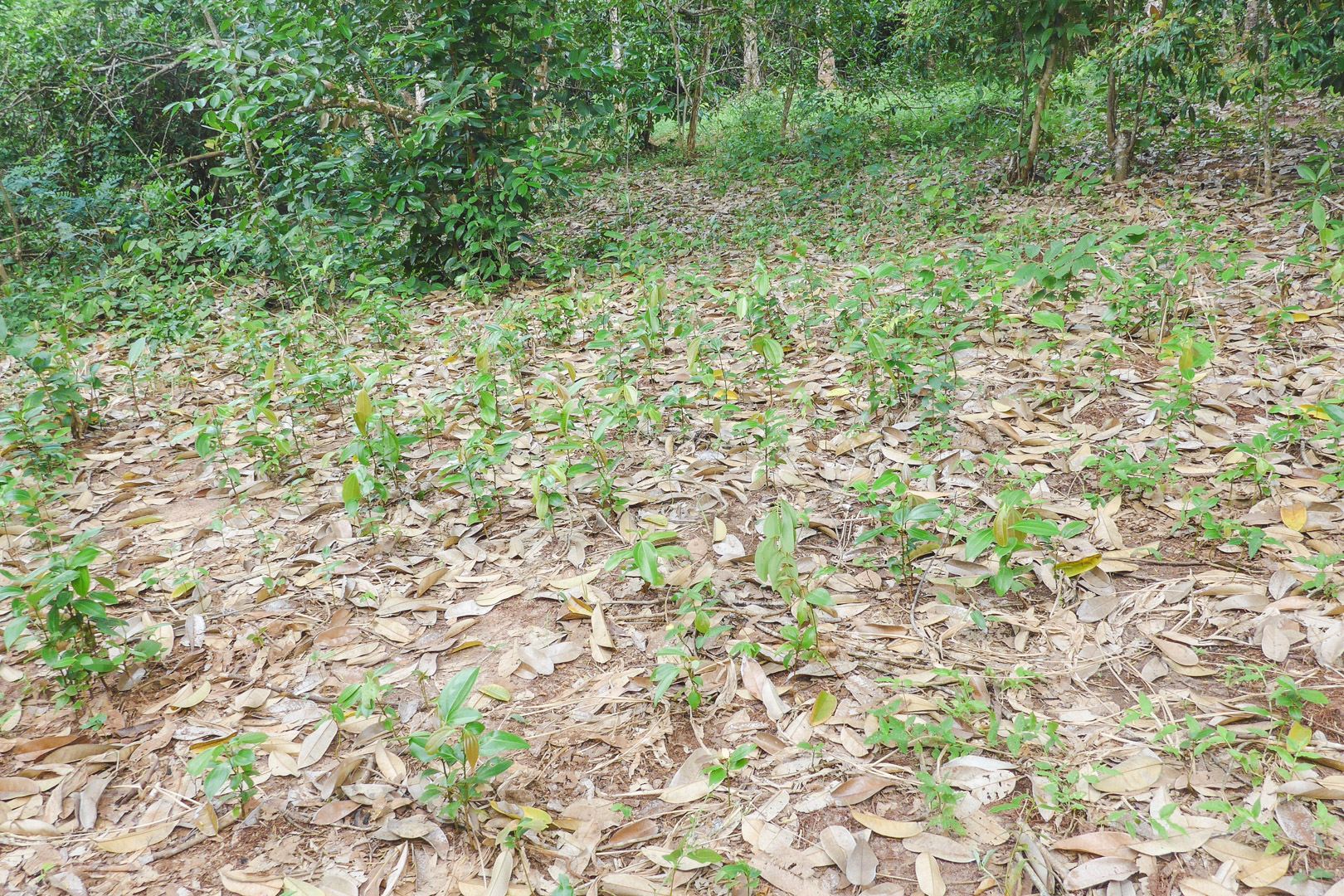
Lemongrass
This plant can be used as mosquito repellent! So make sure to rub some on you – it will come in handy here 🙂 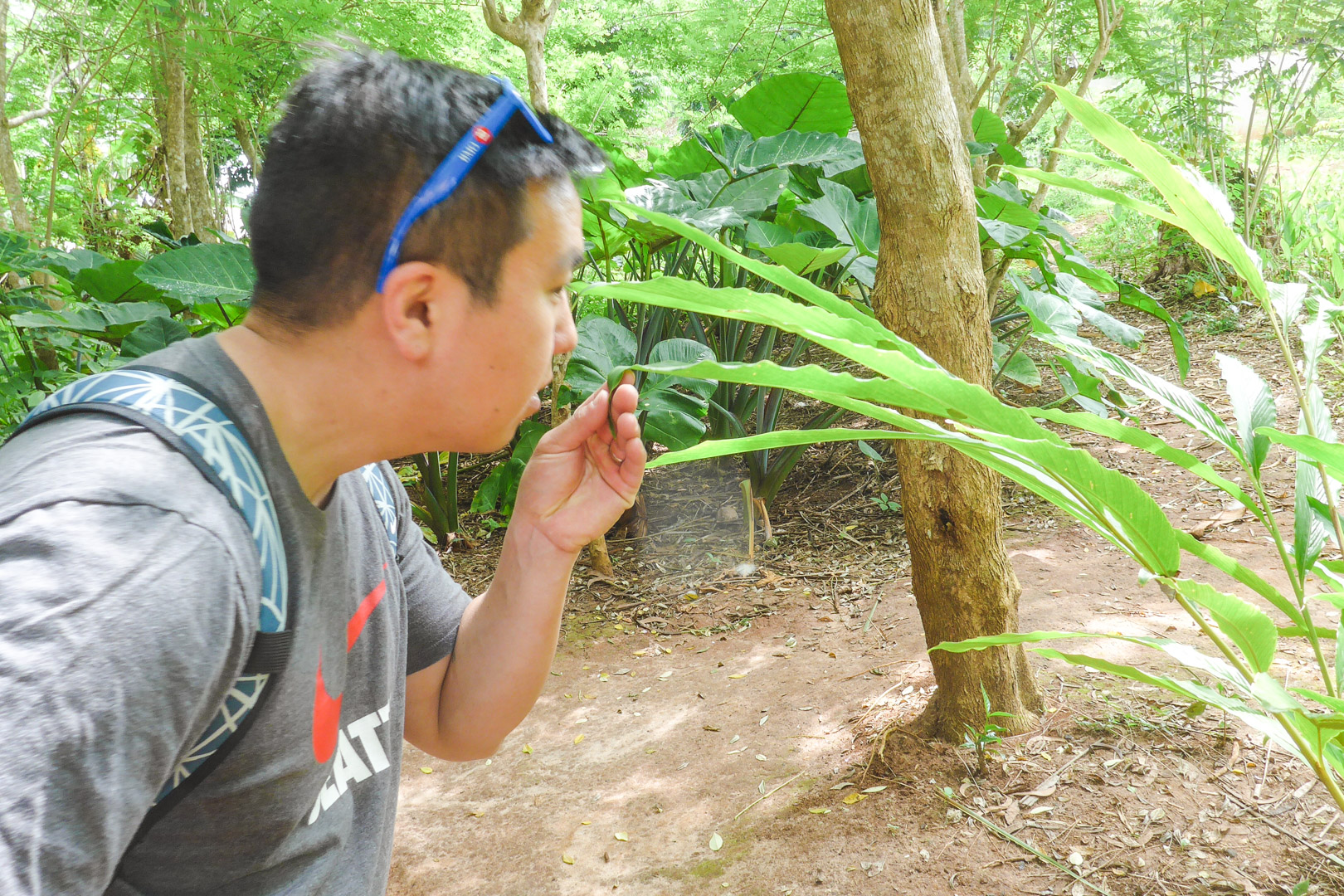
Curry Leaves
Popularly used in Indian cooking, curry leaves also have anti-diabetic properties.
Coffee
I’m sure we are all aware of the stimulant effects of coffee, but did you know it is also high in anti-oxidants?
Vanilla
Vanilla is mostly just used for baking and not for medicinal purposes. It is difficult to grow therefore making it one of the most expensive spices. 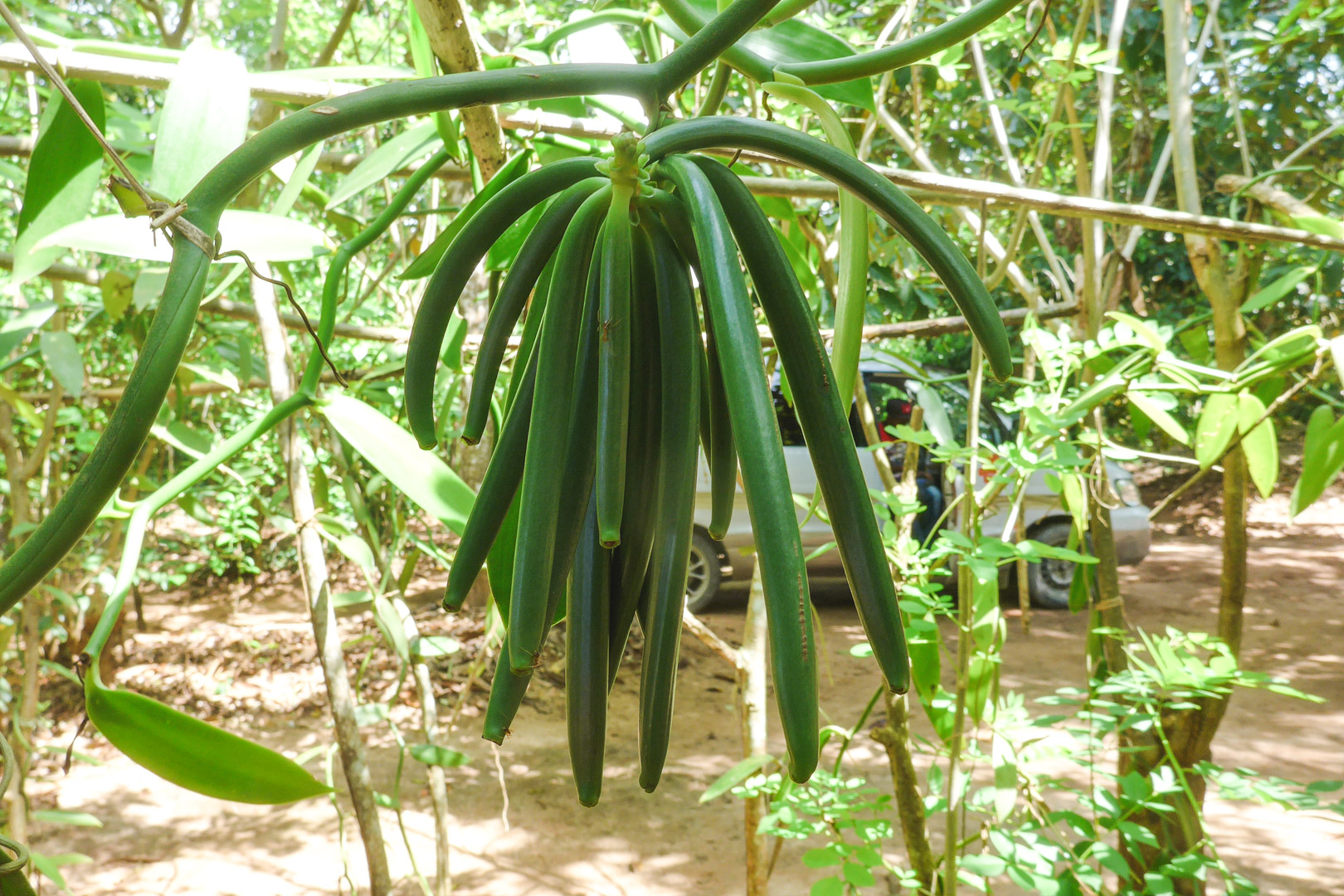
Nutmeg
We learned a lot about nutmeg from our guide that we had never heard before! For example, he told us that nutmeg is like Viagra for women. Who knew?? 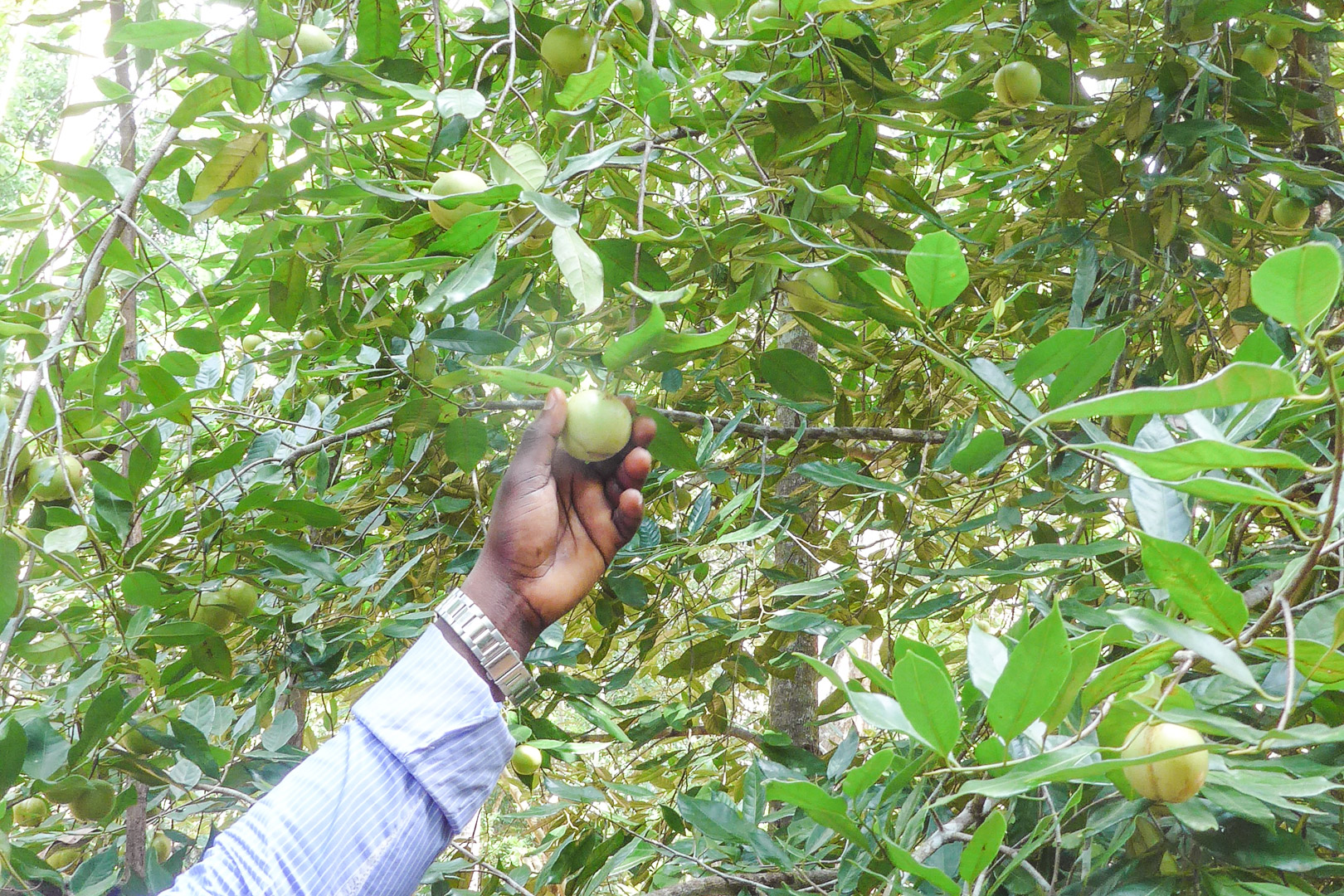
Cloves
We were told that cloves are used locally as a method for abortion. But a lot, and we mean a LOT, of cloves would have to be consumed to the point that the woman would feel sick. 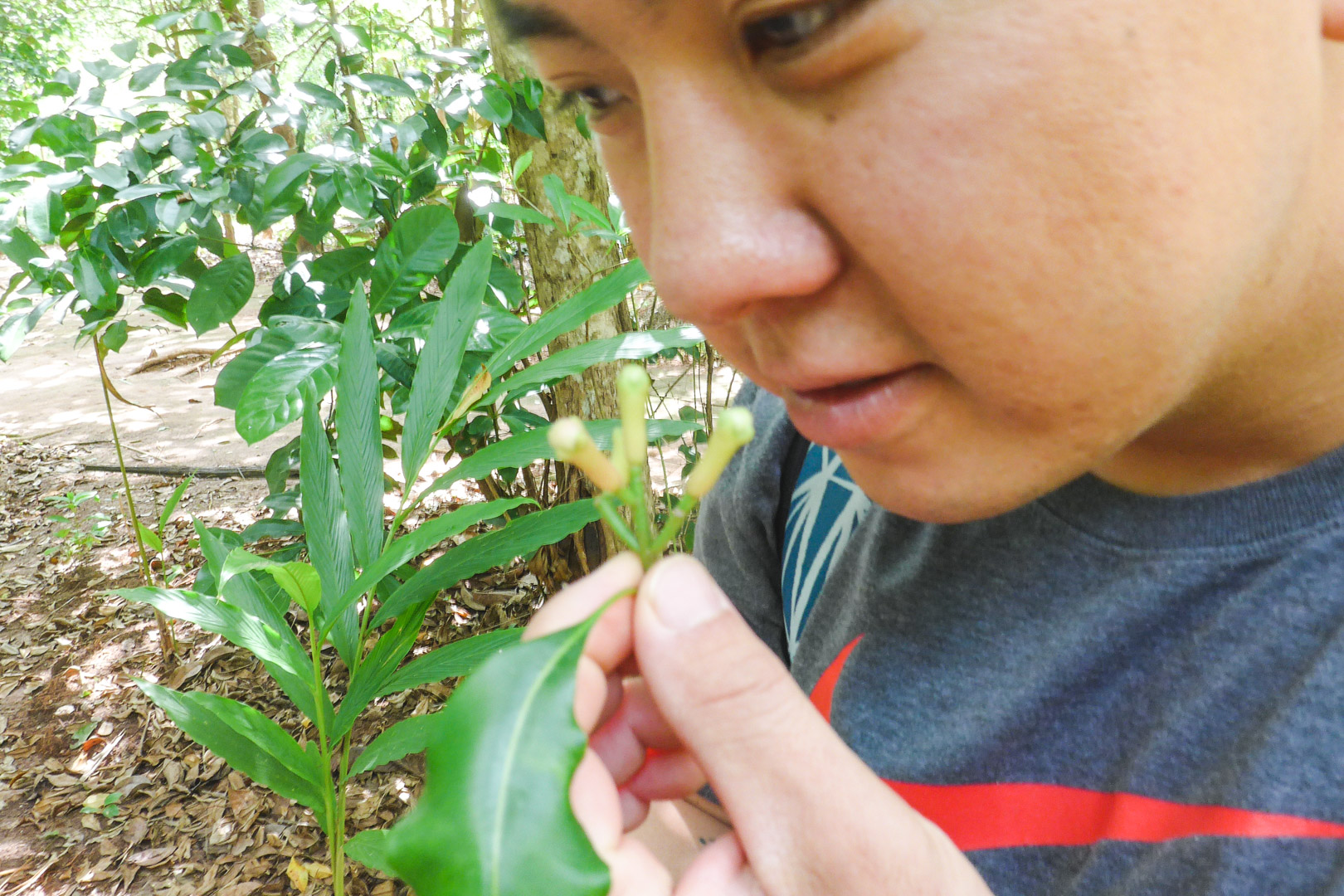
Ginger
Ginger makes you feel better! You probably have already heard it is good for nausea and indigestion. It also has a lovely sweet and spicy taste.
Aloe Vera
Another interesting local medicinal use that we learned: aloe vera is used as a birth control method by men. Apparently if aloe vera is eaten fresh it kills sperm and after 3 days is effective as a birth control method. It has to be fresh though – consuming juice with aloe vera, or anything that has been processed or bottled, will not have this effect.
Cinnamon
Now on the other hand, supposedly local women use cinnamon as a type of birth control. They have to consume A LOT of it, though. And they need to take a break from it for about 3 months every once in awhile as the extreme use can supposedly cause diabetes. 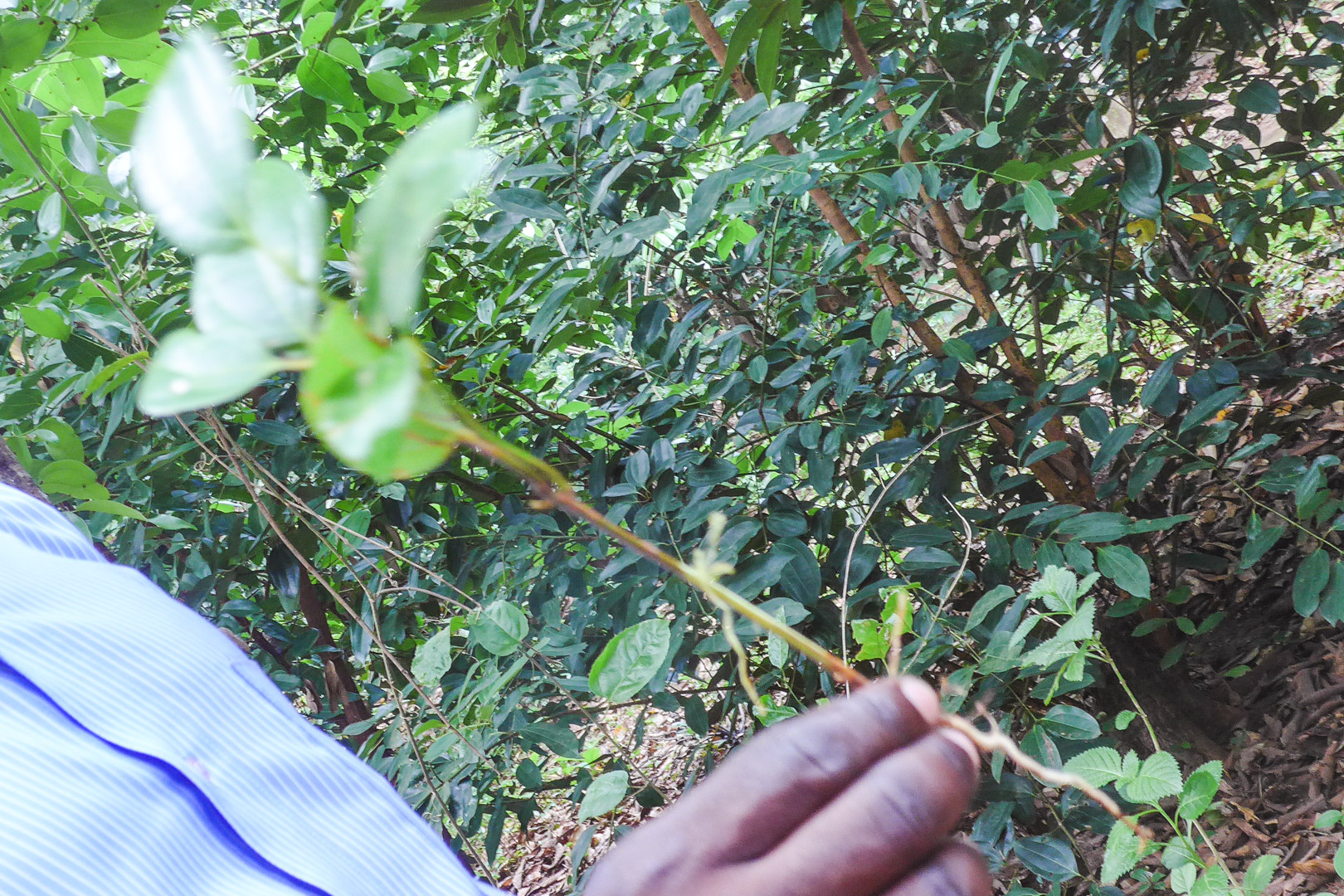
Please remember that all the above information is simply what we were told by our guide and should not be taken as fact. We do not have any medical background and are only sharing this out of interest, not as recommendations! We can not confirm the validity of any of the above stated medicinal uses.
Lipstick Plant
We had never heard or seen such a thing. When the pods of this plant are opened inside there is a red paste which can be used as make up. A popular use is for a bindi (the red dot worn in the middle of the forehead by some Indian women). 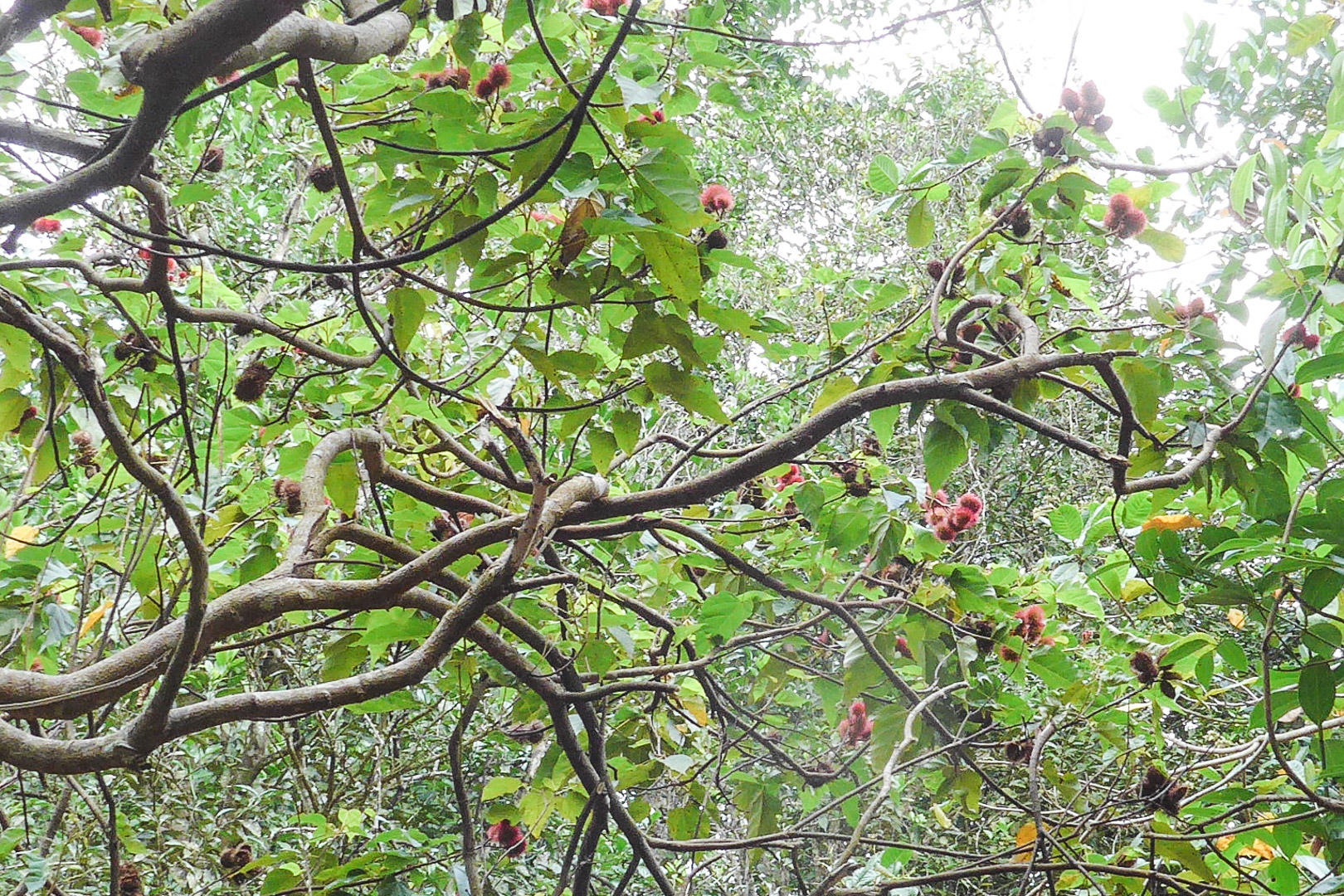
The Fruit
After the spice walk, we were served freshly cut fruit by the local boys. For starters, we were highly impressed with their knife skills! 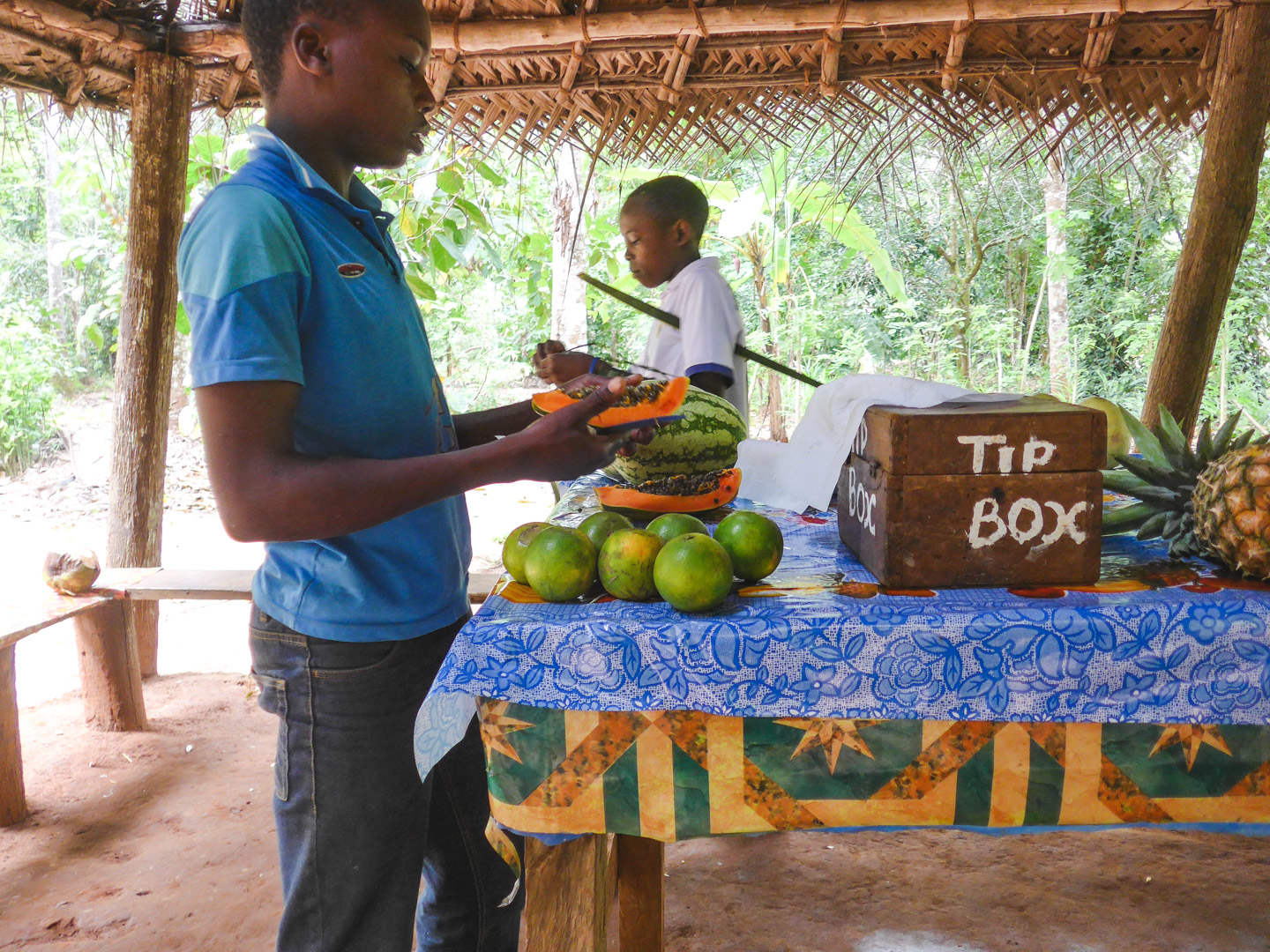
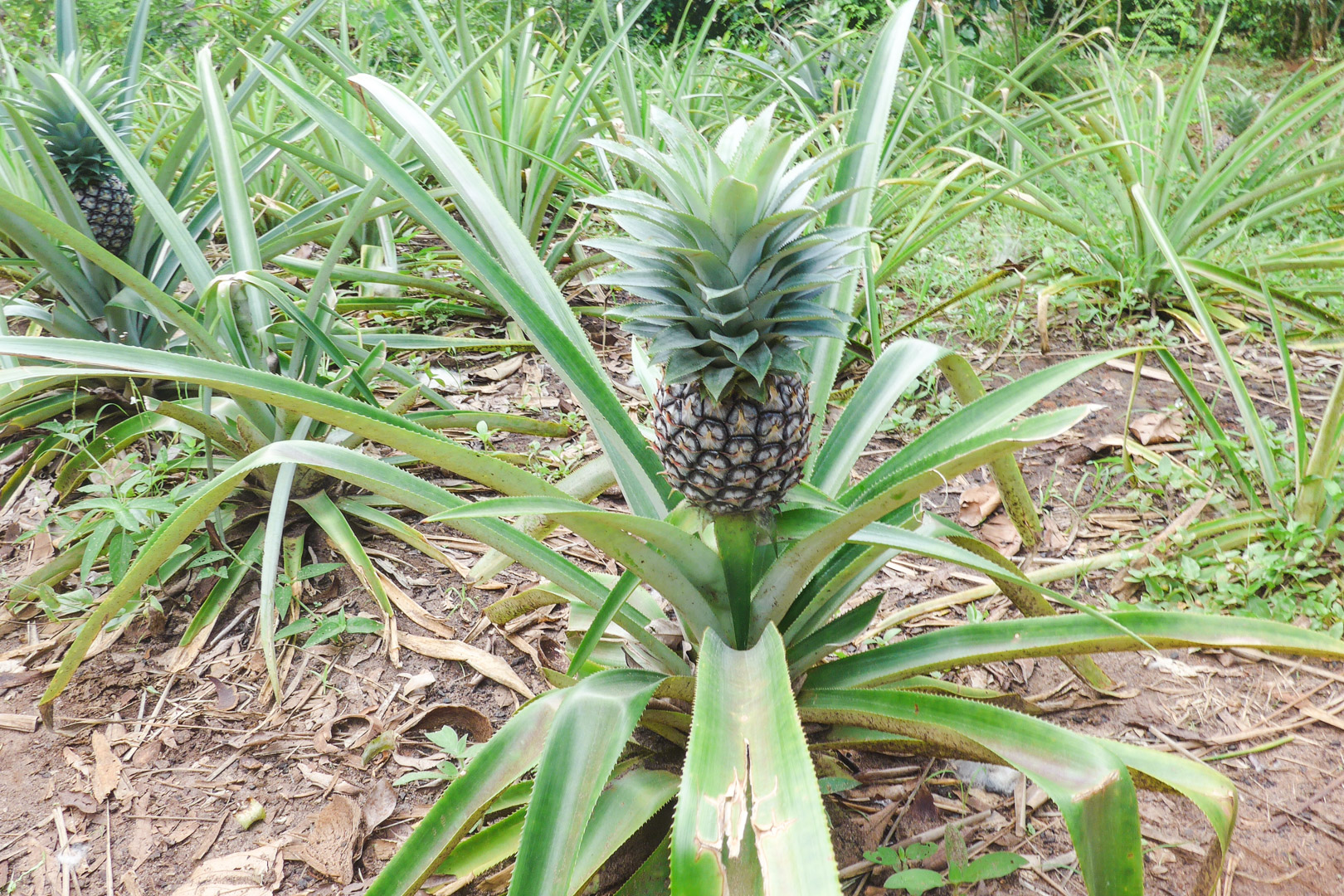
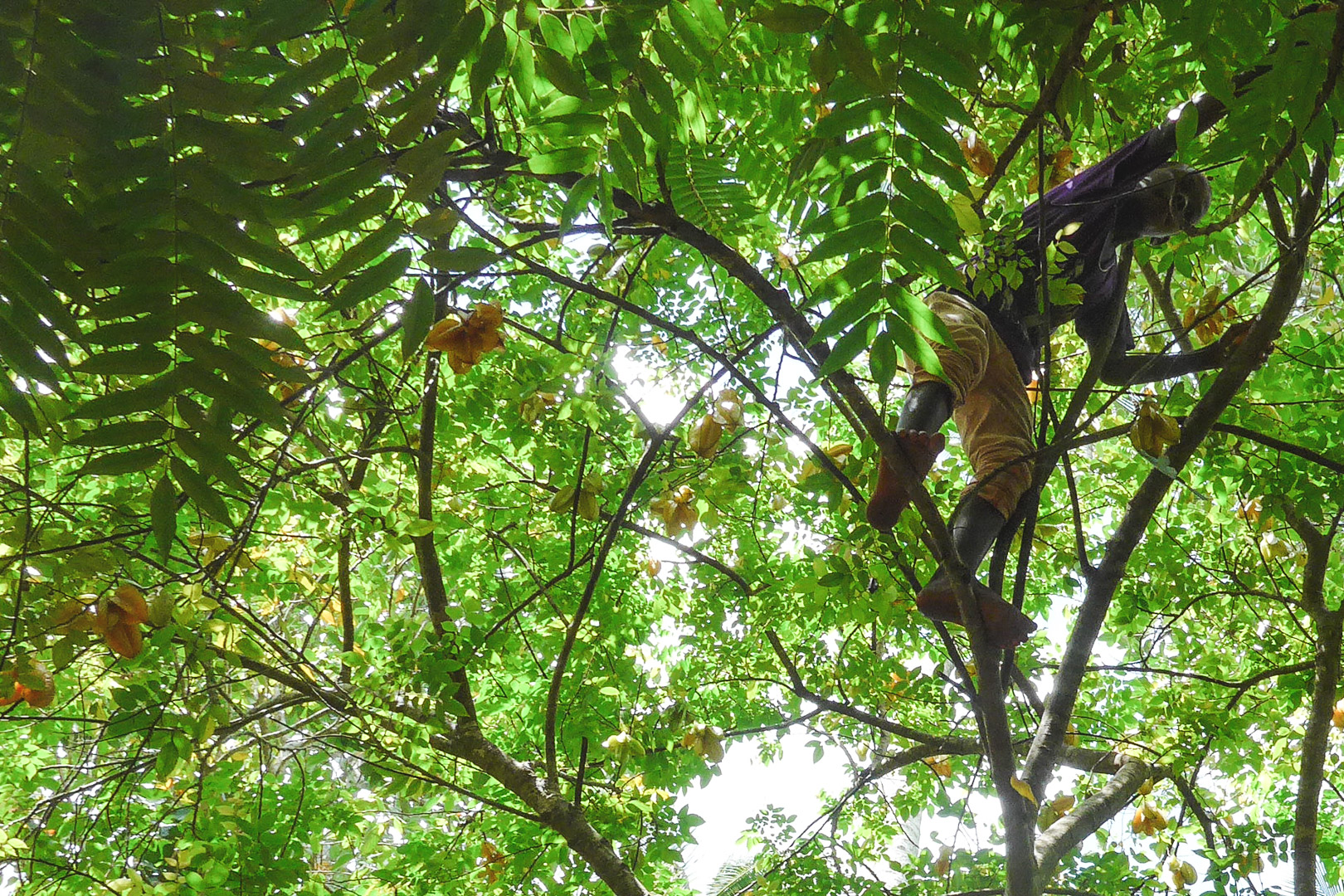
Coconut Trees
A young man who goes by the name of “Mr. Butterfly” put on a bit of a show for us. He effortlessly scaled the tall coconut tree to retrieve some coconuts for us while singing and dancing the whole way. 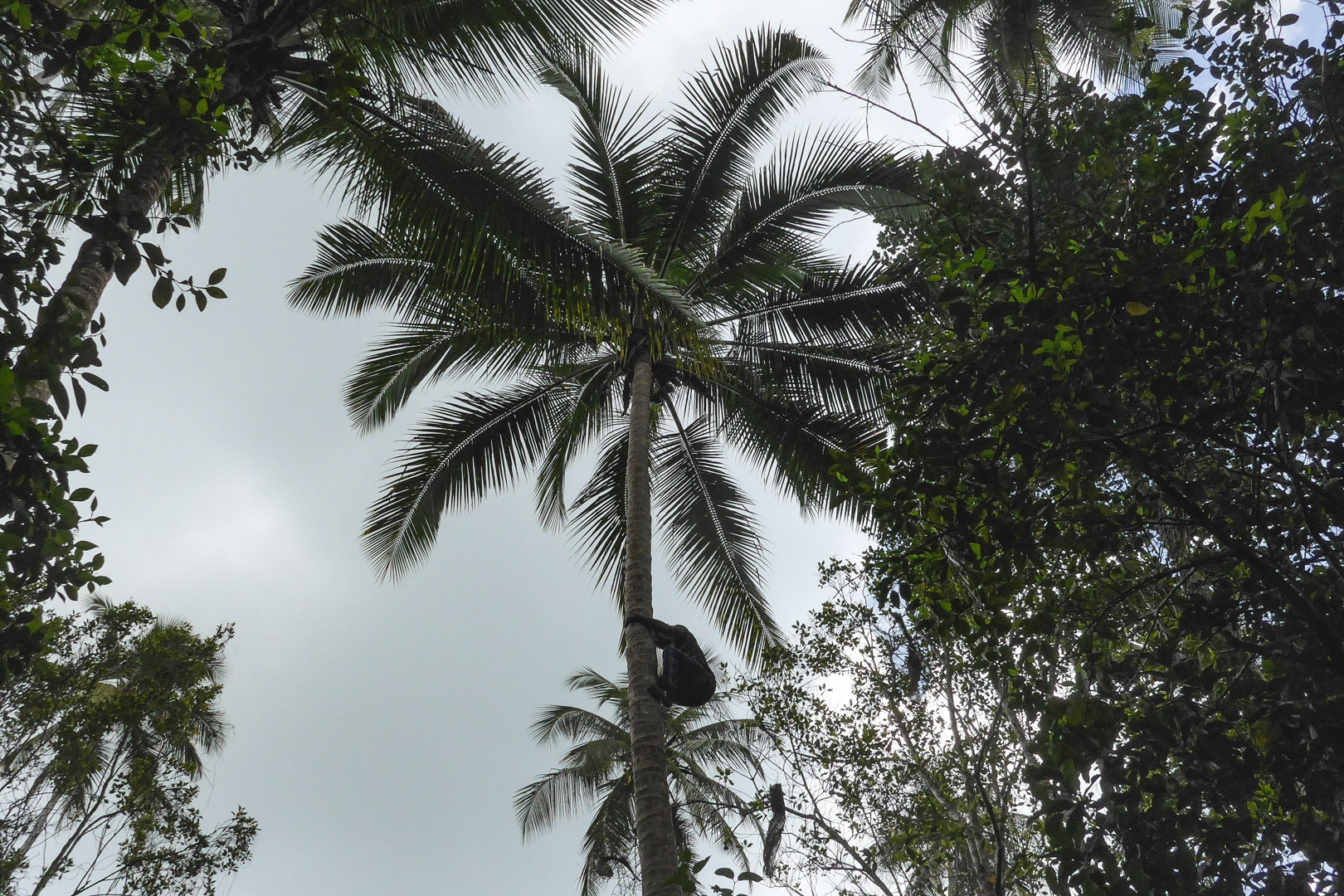
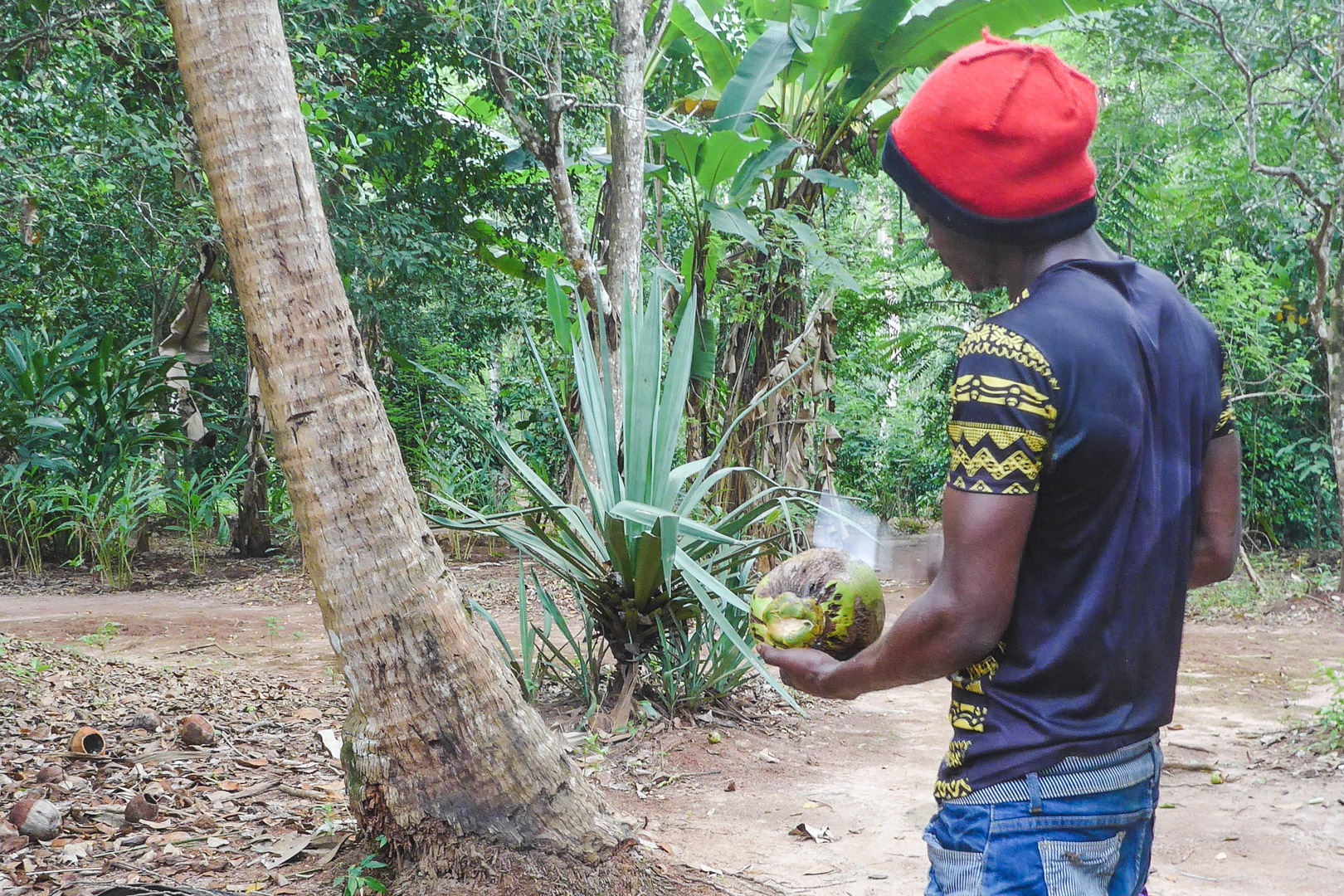
Amazing weaved accessories
Our young friend who accompanied us on the spice tour did so all while collecting leaves and flowers along the way. As we walked he was busy weaving away. 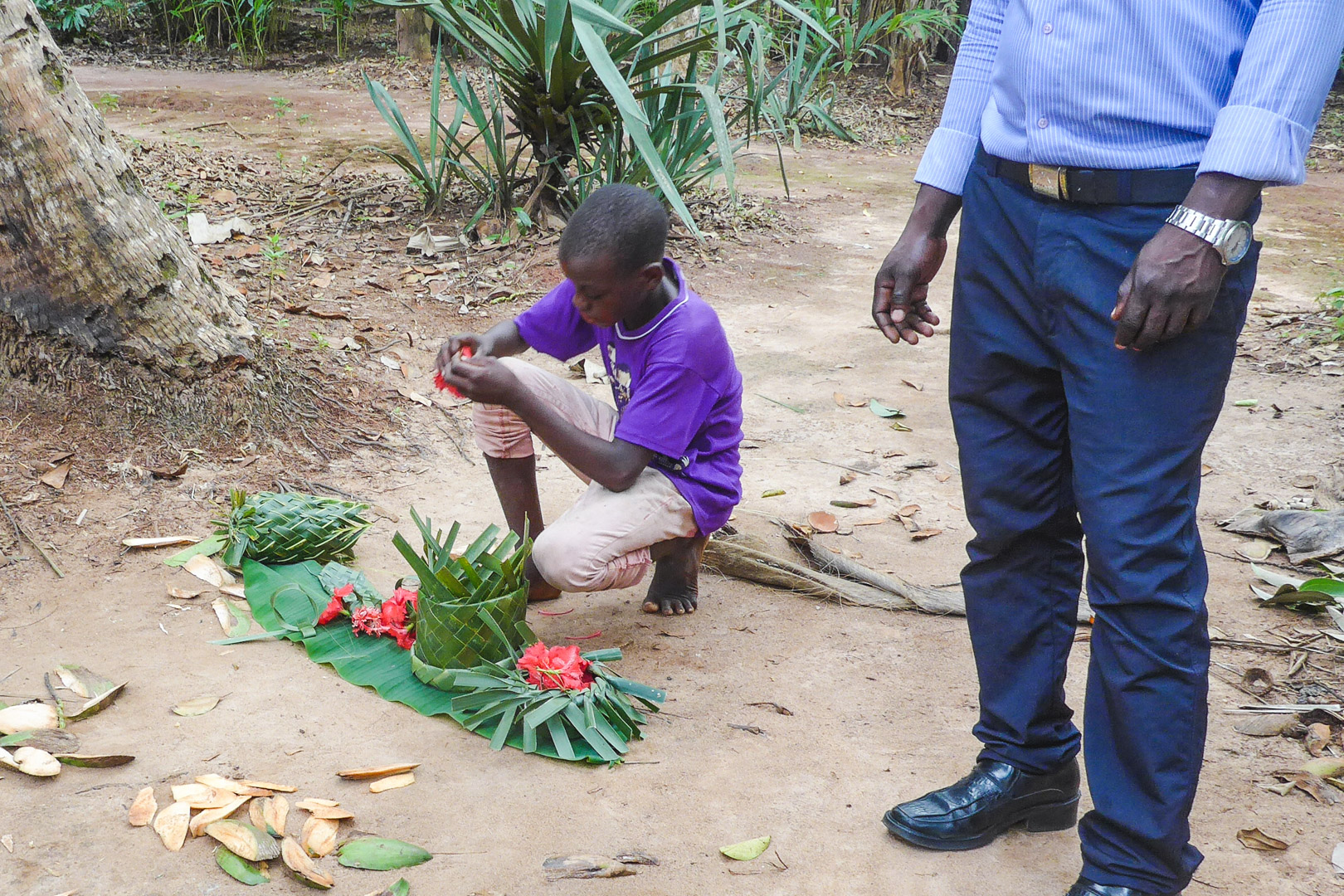
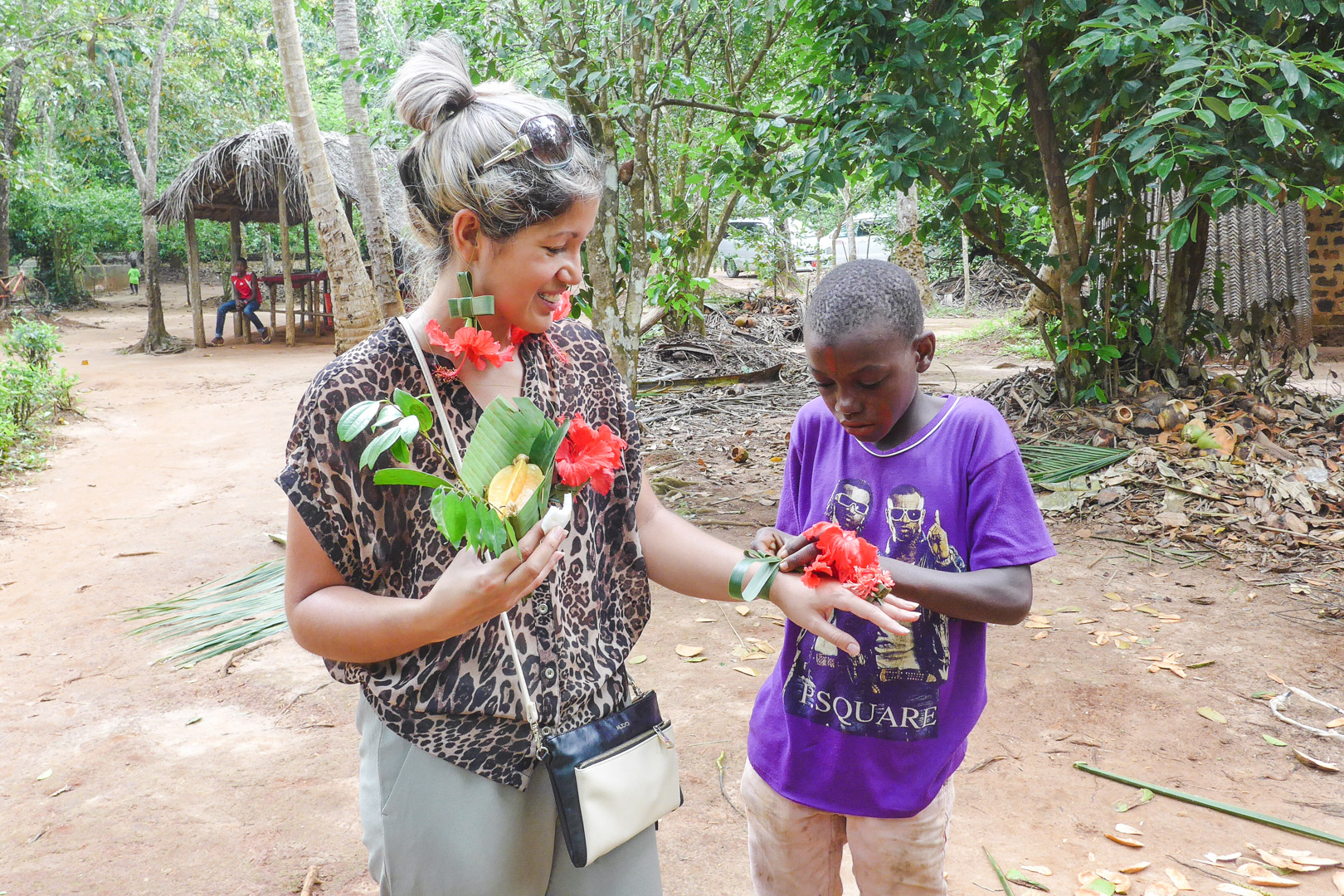
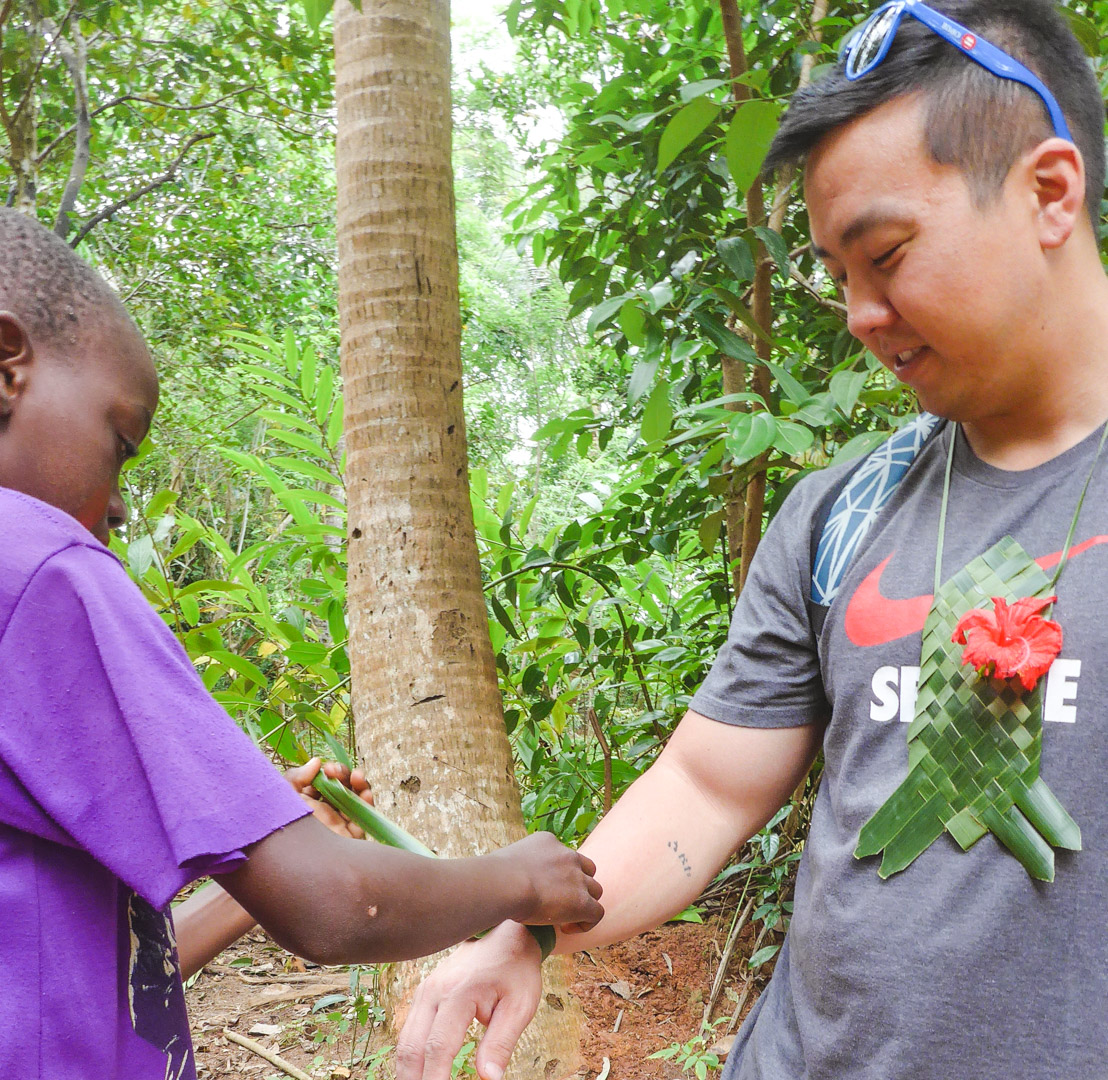
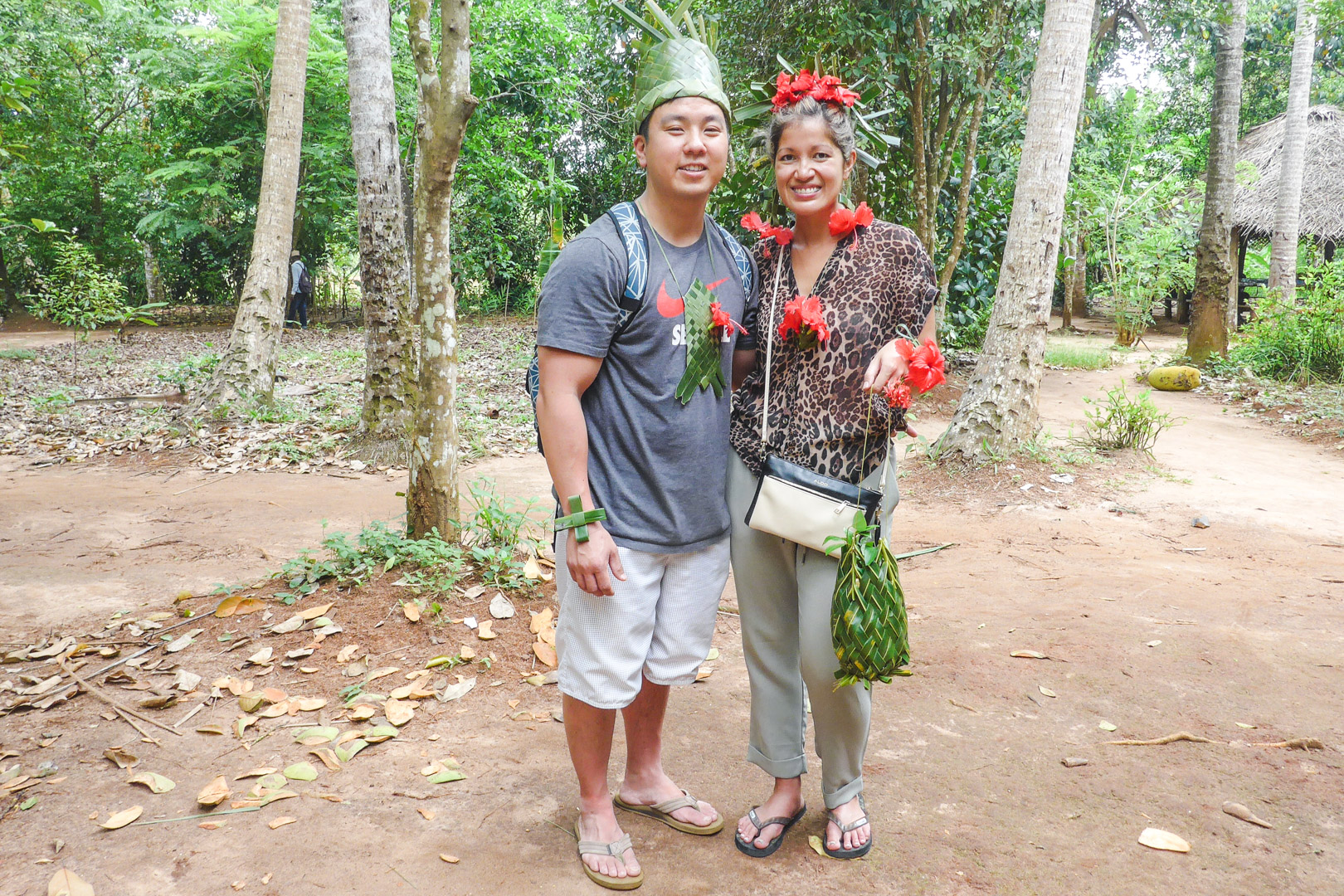
Tip: Bring some small bills with you ($1 US bills work well) to tip the young boys on the spice tour.
Spices for purchase
At the end of the spice tour you will of course have the option to purchase the spices from the farm. Prices were pretty reasonable at 5000 TSH per pack or 10K TSH for premium spices. We bought 3 regular spice packs for 10K TSH.
Swahili Lunch
The spice tour is not complete without a traditional sit down Swahili lunch. This was a highlight for us as we absolutely love dining with locals. We were taken to the home of a local family and the mother prepared us a wonderful meal. 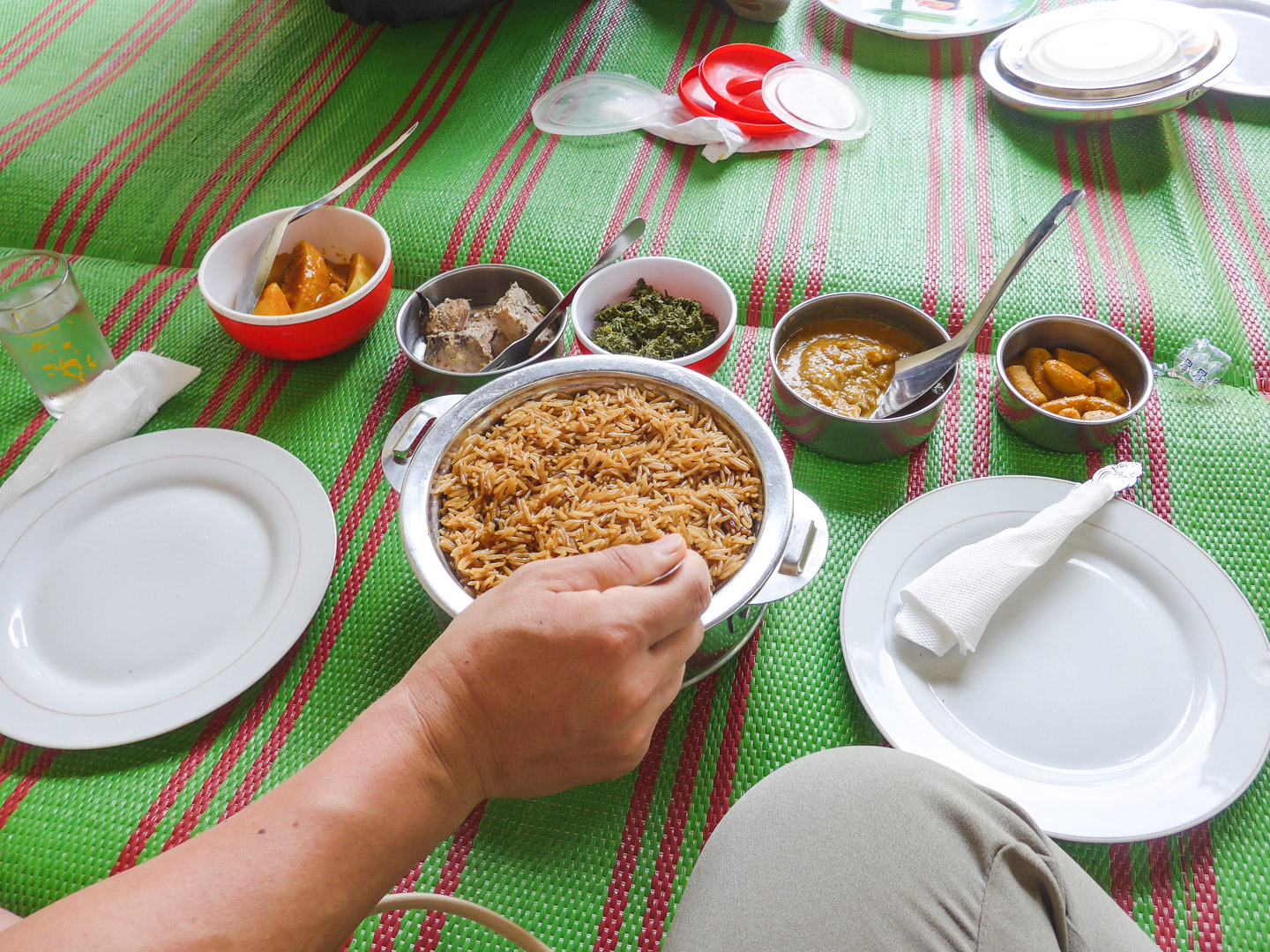
How to Book
We booked our spice tour through Eco & Culture Tours and highly recommend them. You can book via their website.
A spice tour is definitely a highlight of any trip to Zanzibar. Don’t miss it!
Click here to read our full Privacy Policy and Affiliate Disclosure Statement
Visiting Zanzibar? You might also like:
Seasons Lodge: A piece of paradise in Zanzibar Stone Town, Zanzibar in 48 hours: Your complete guide Swimming with Dolphins in Zanzibar

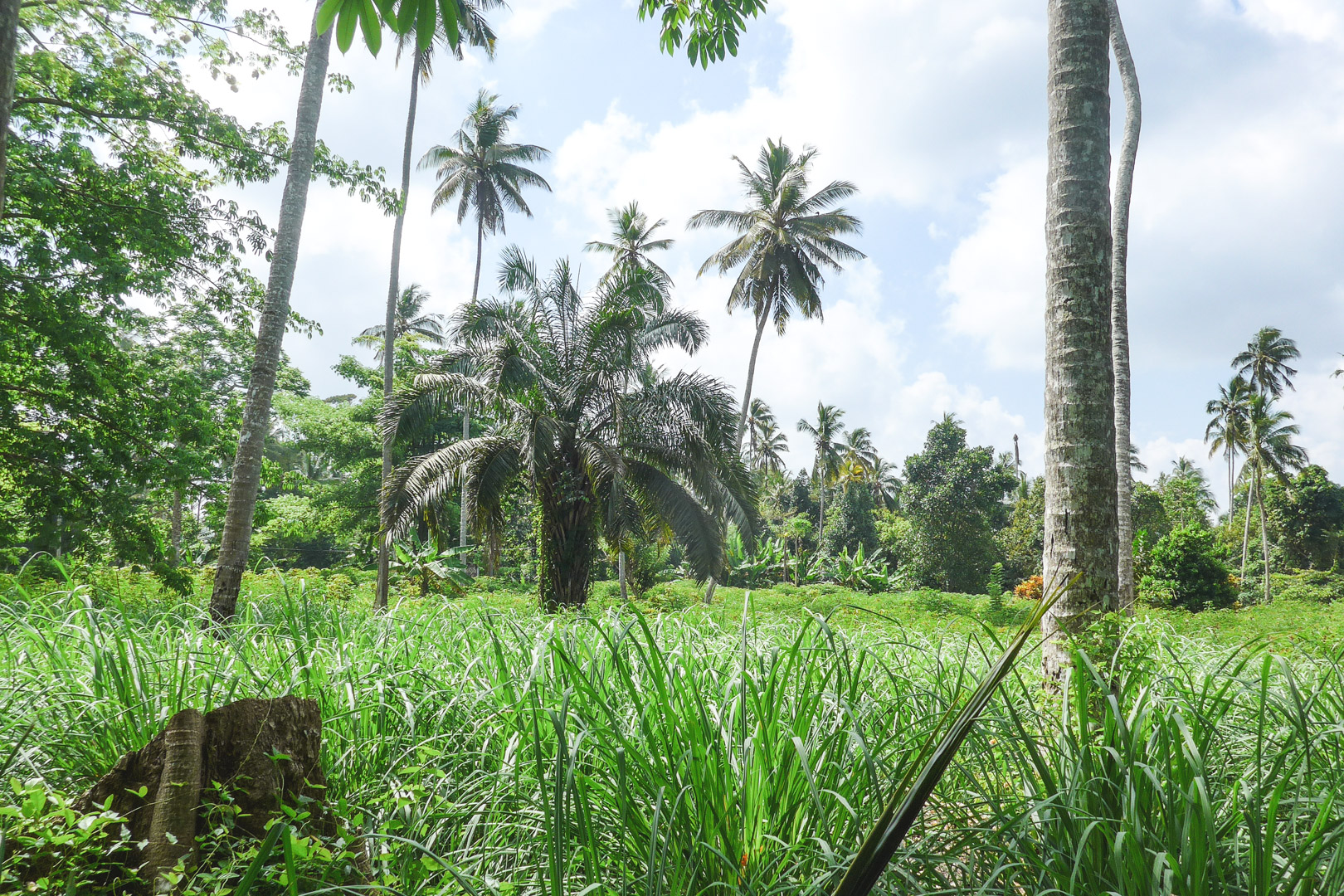
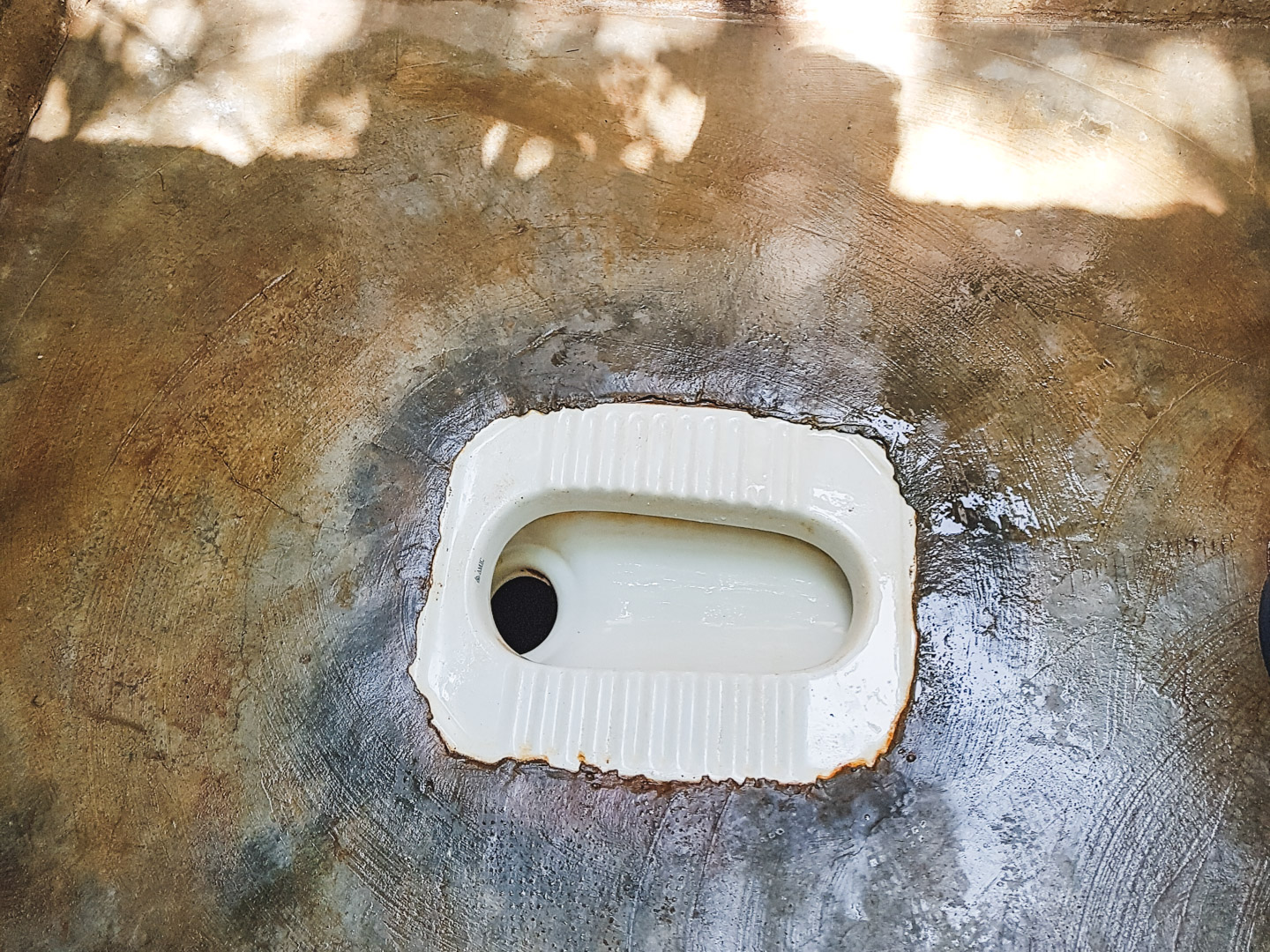
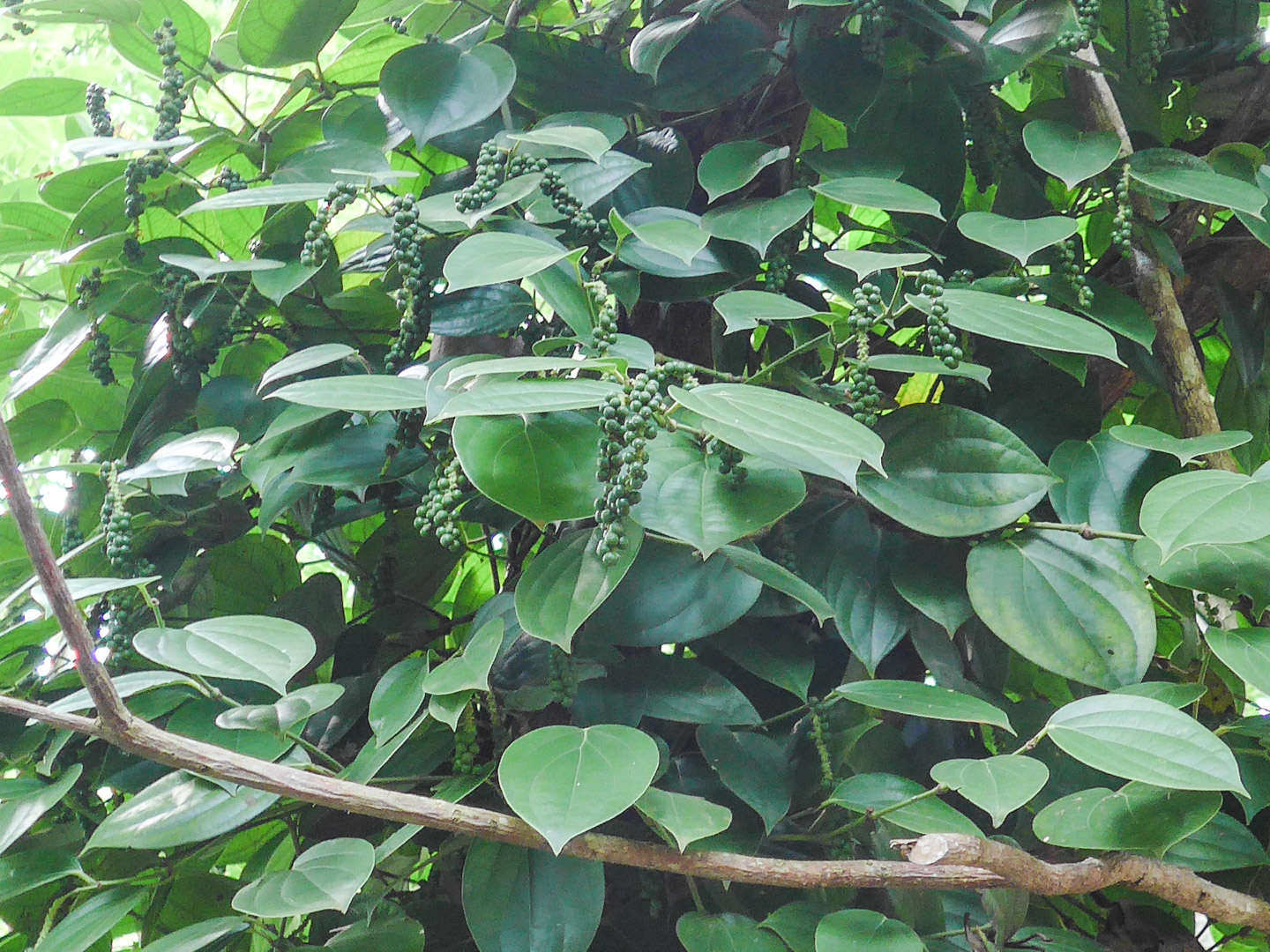
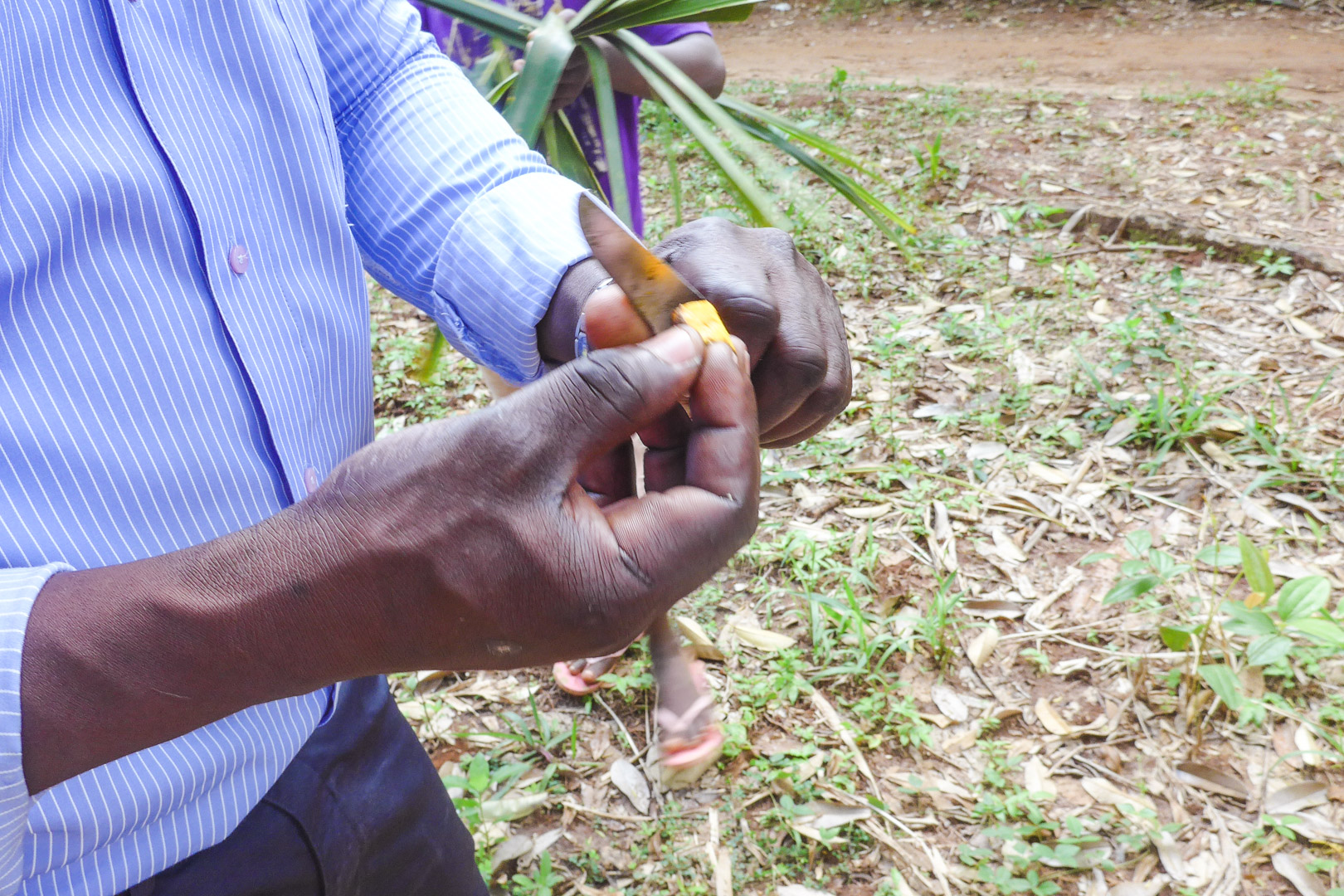
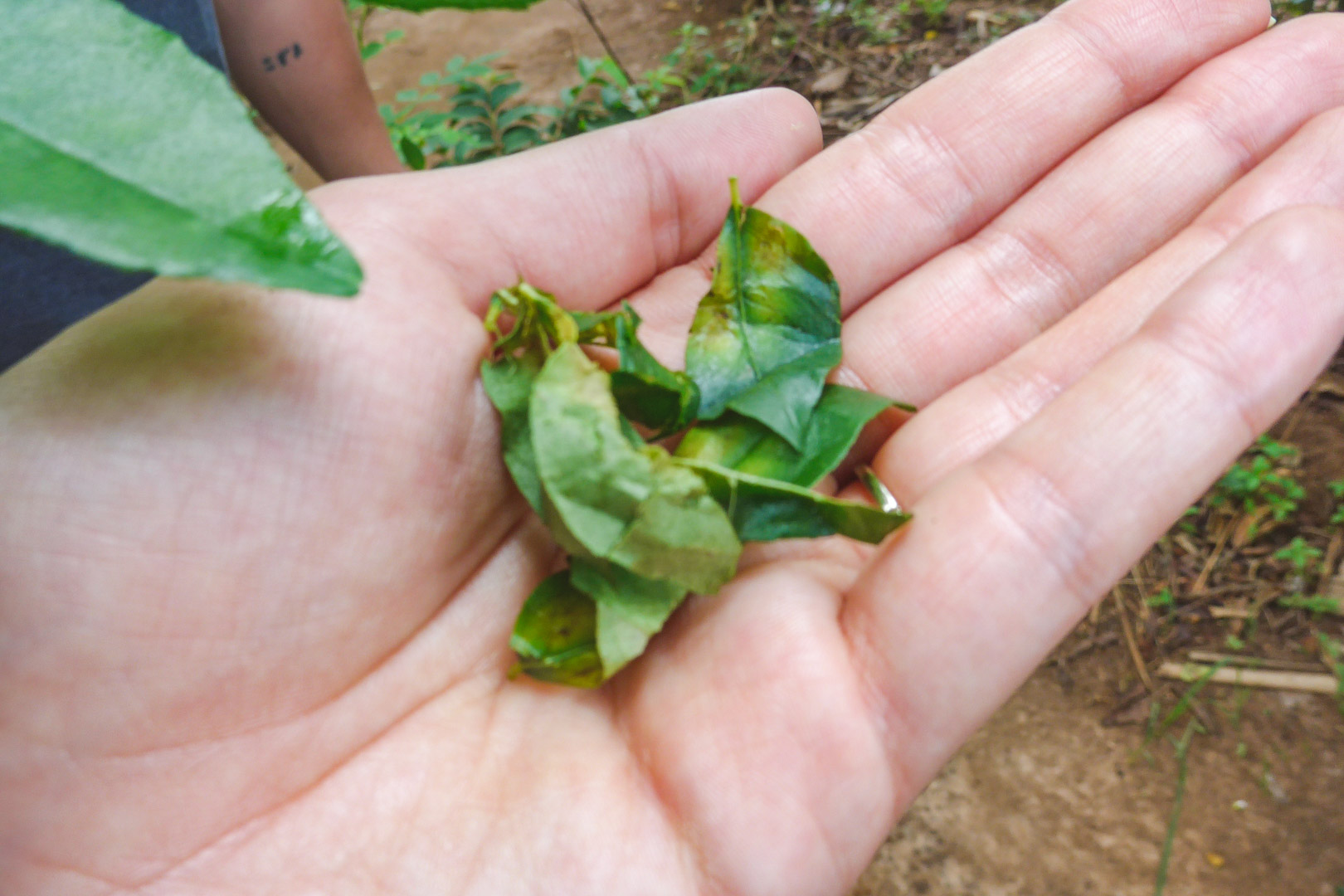
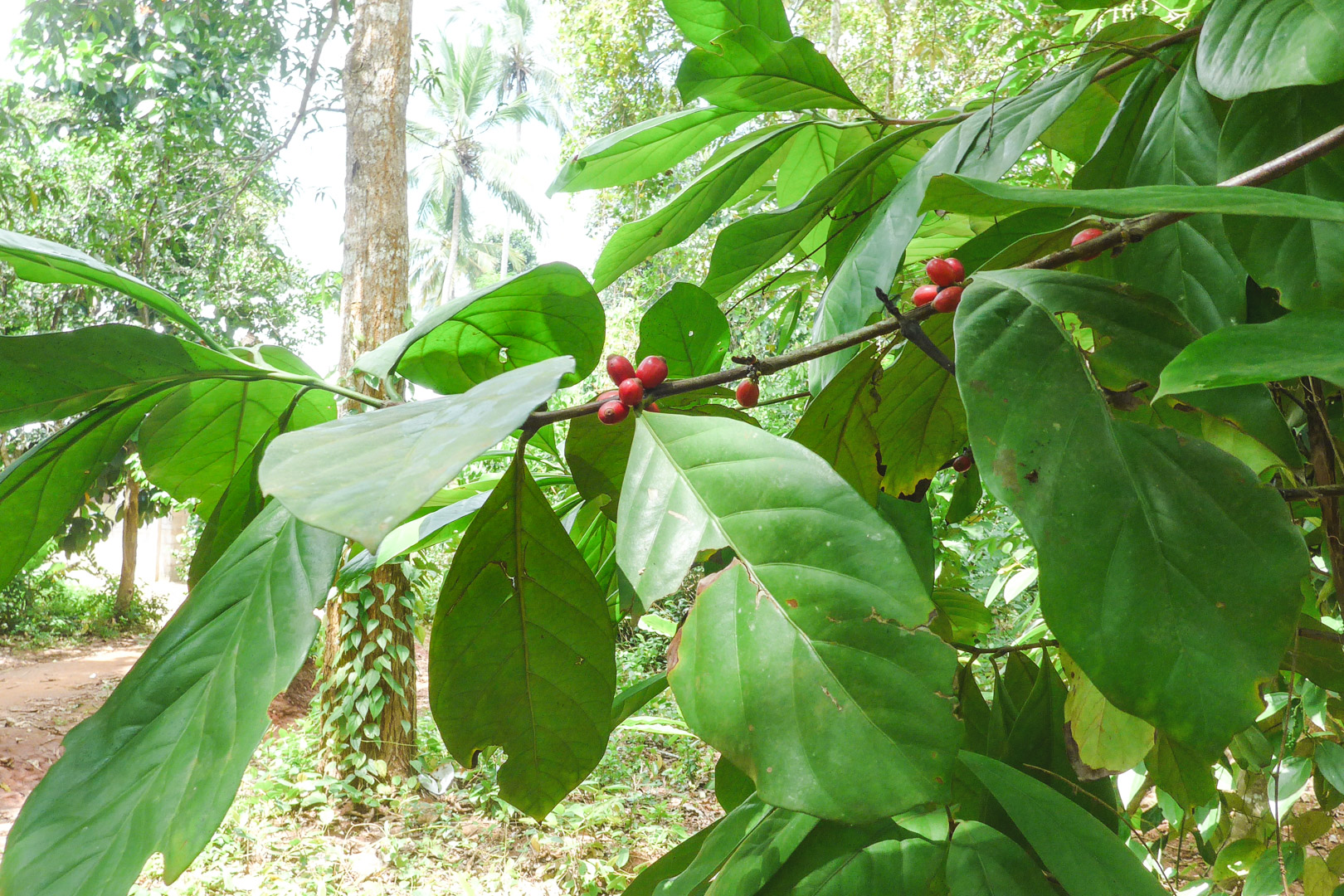
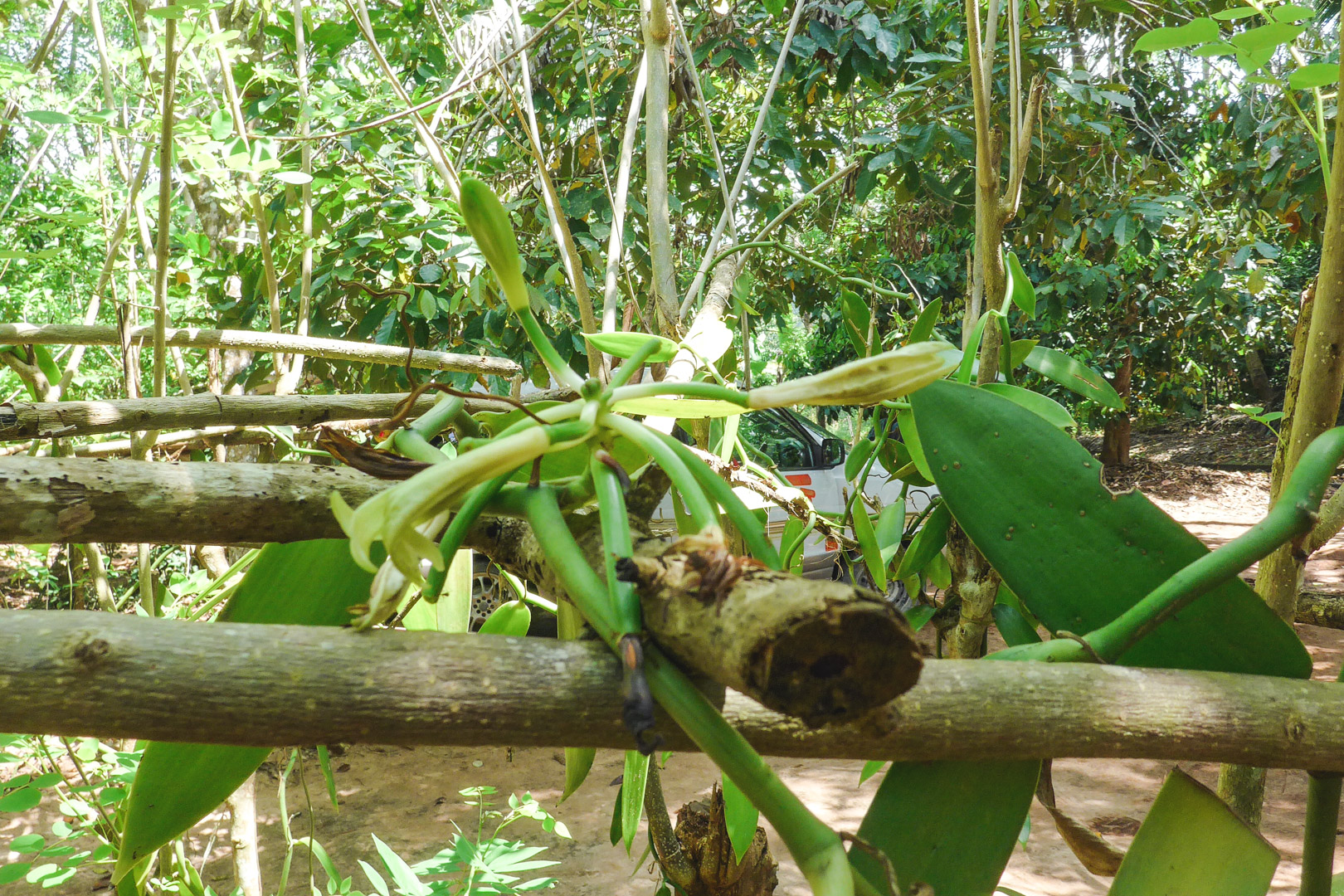
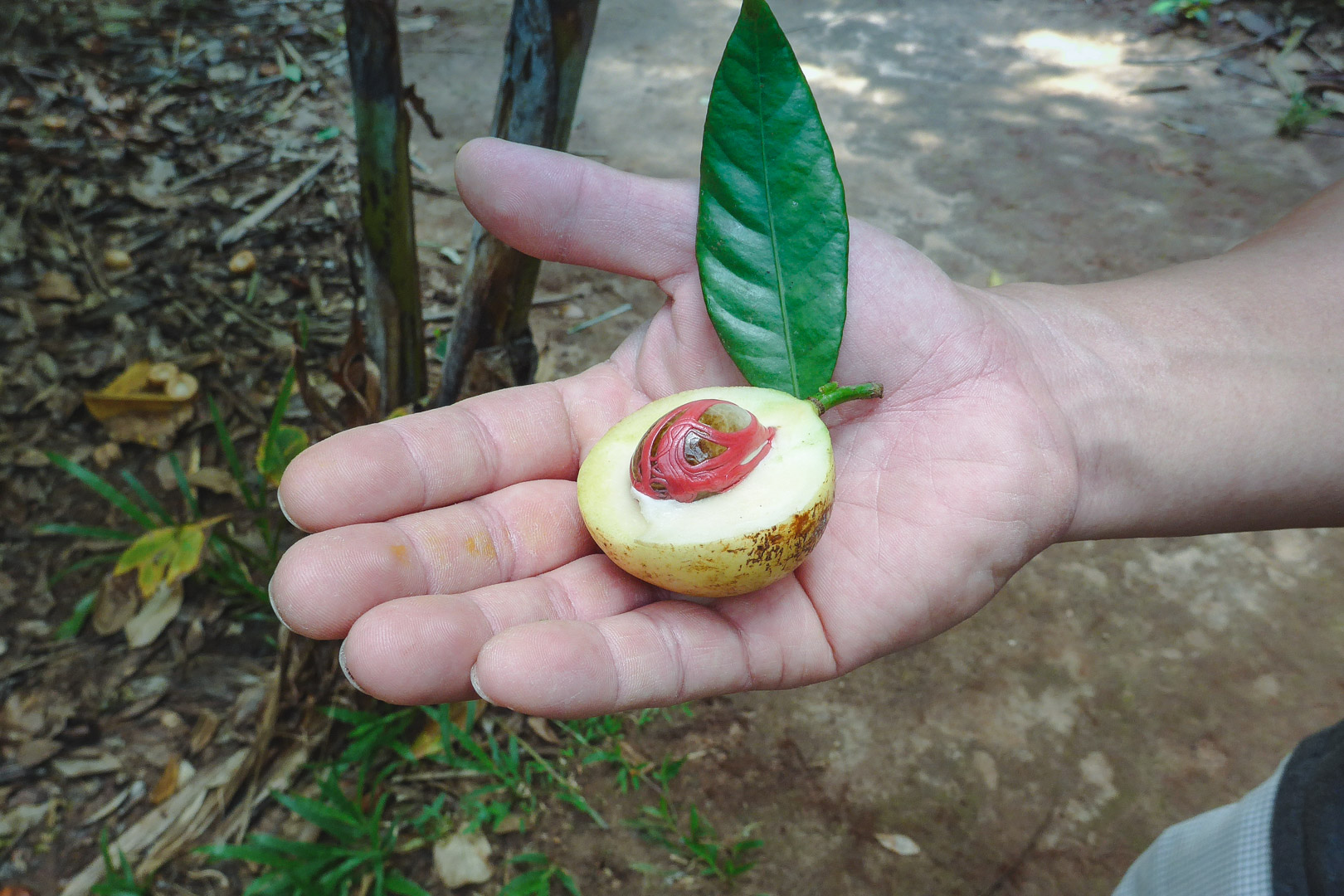
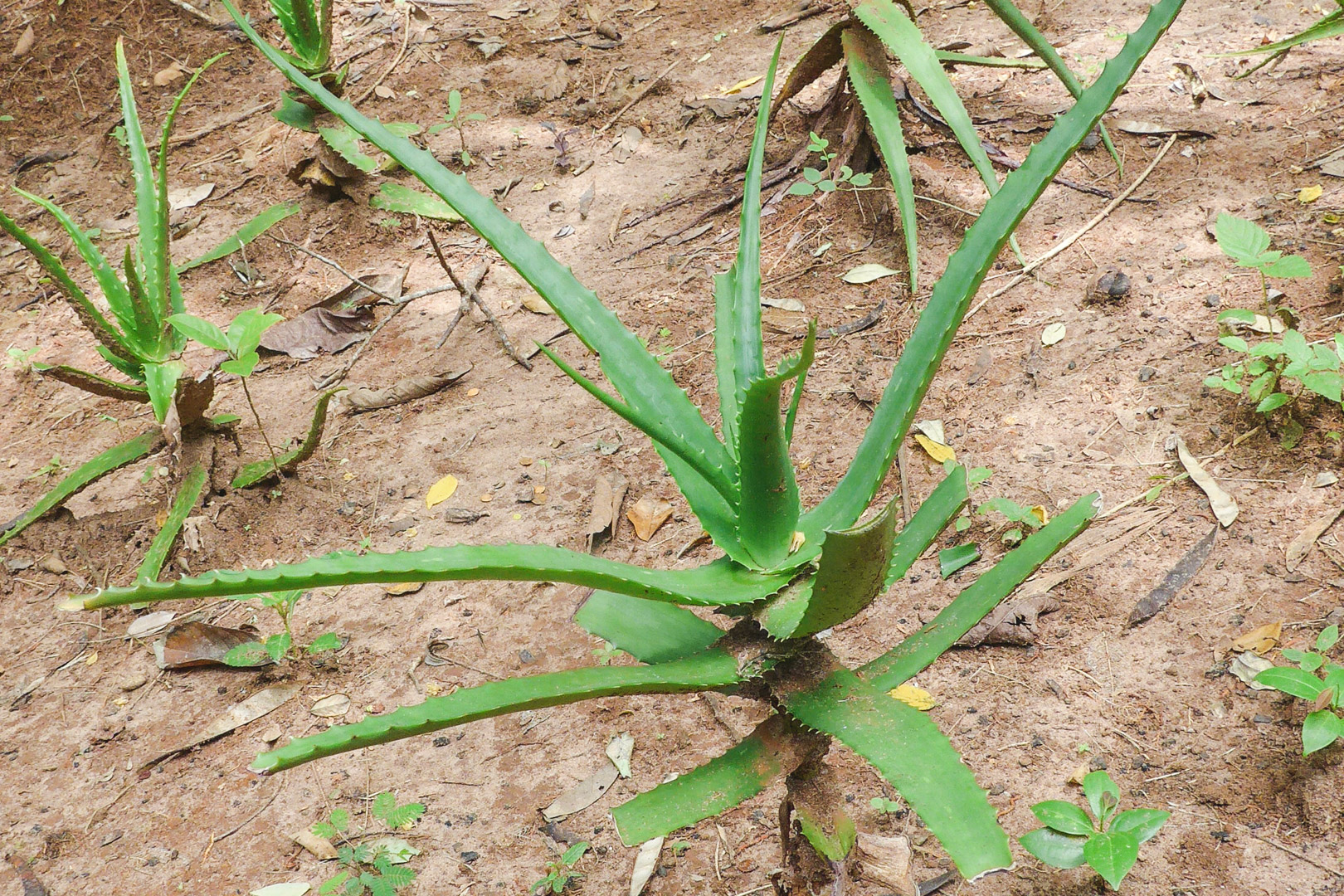
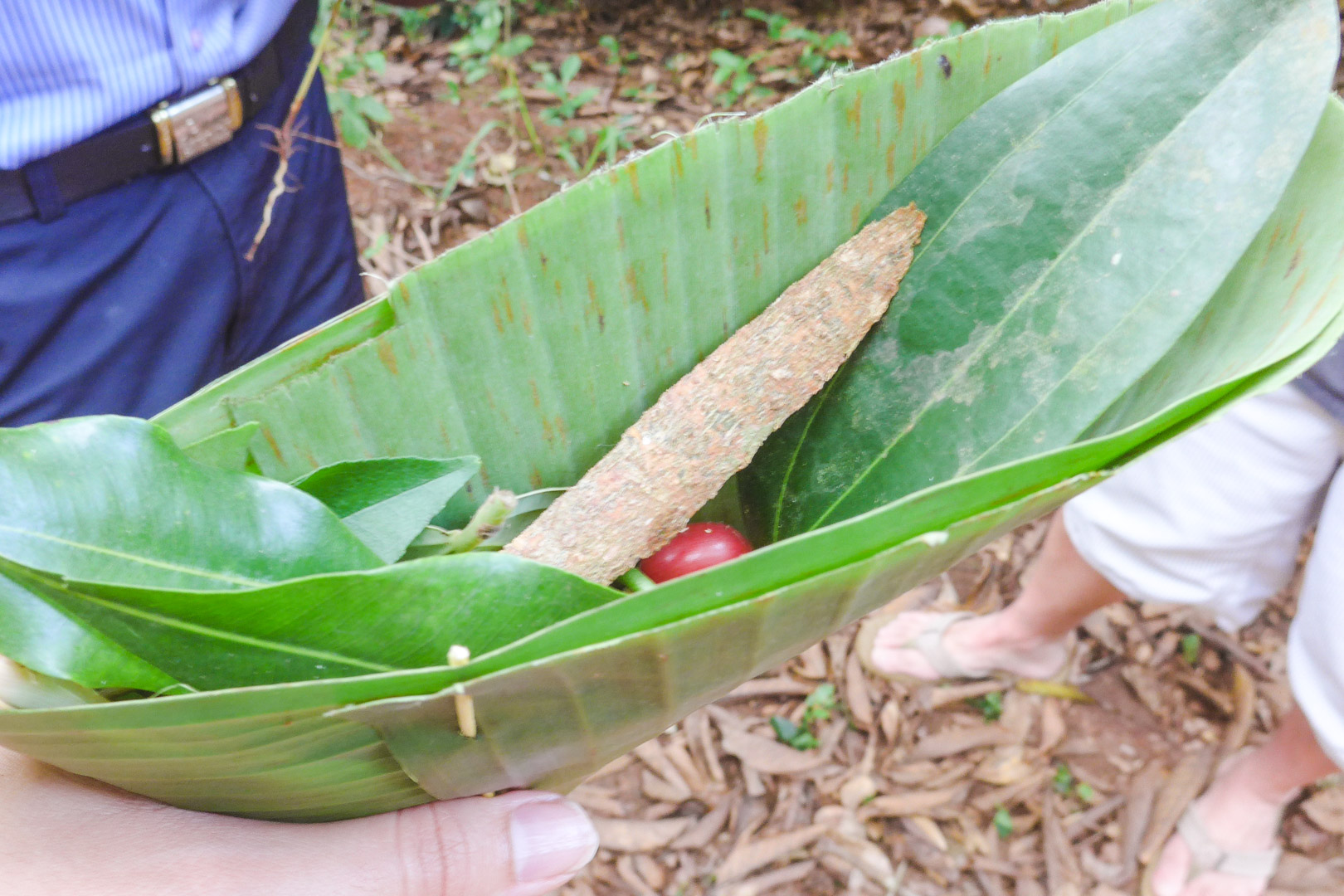
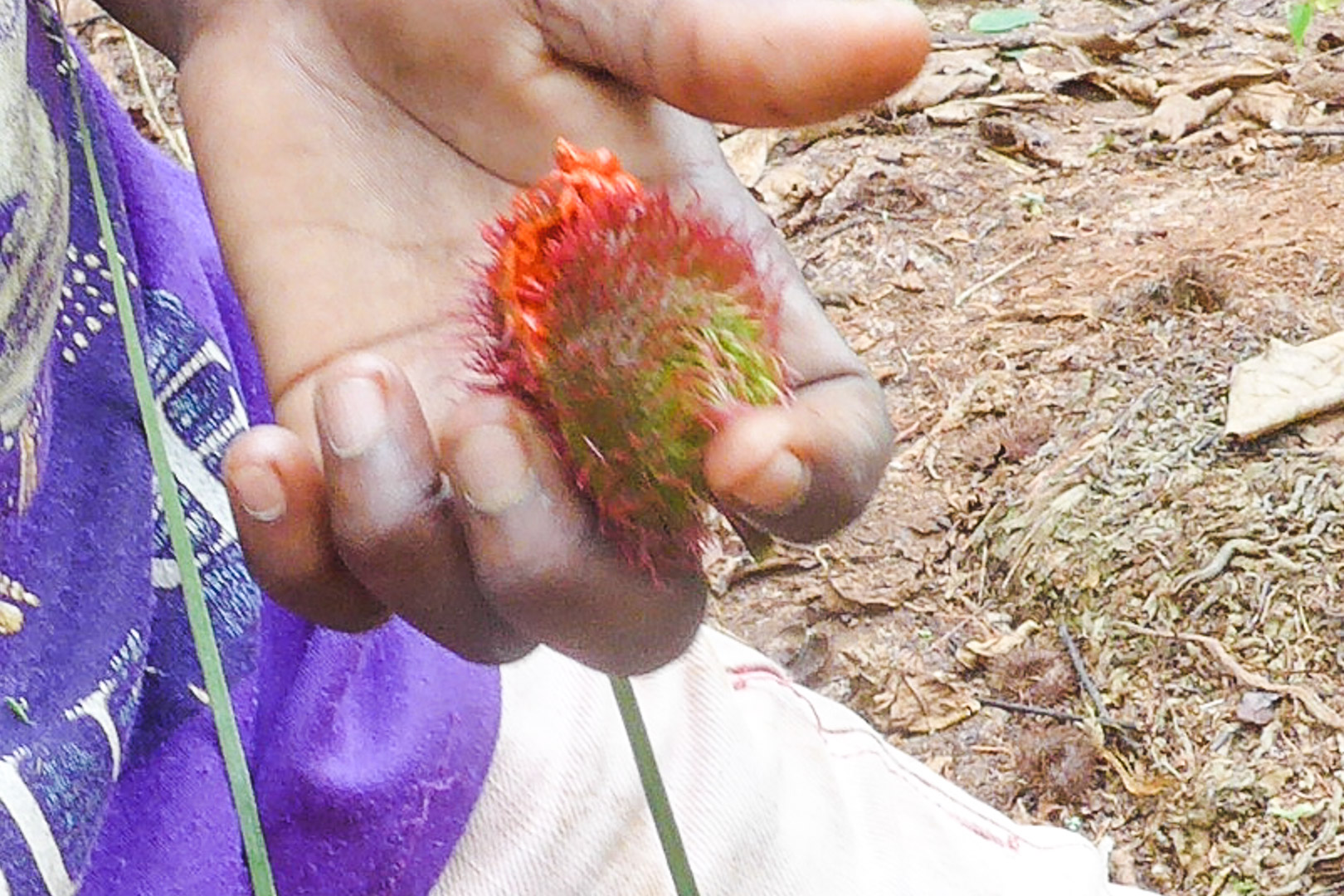
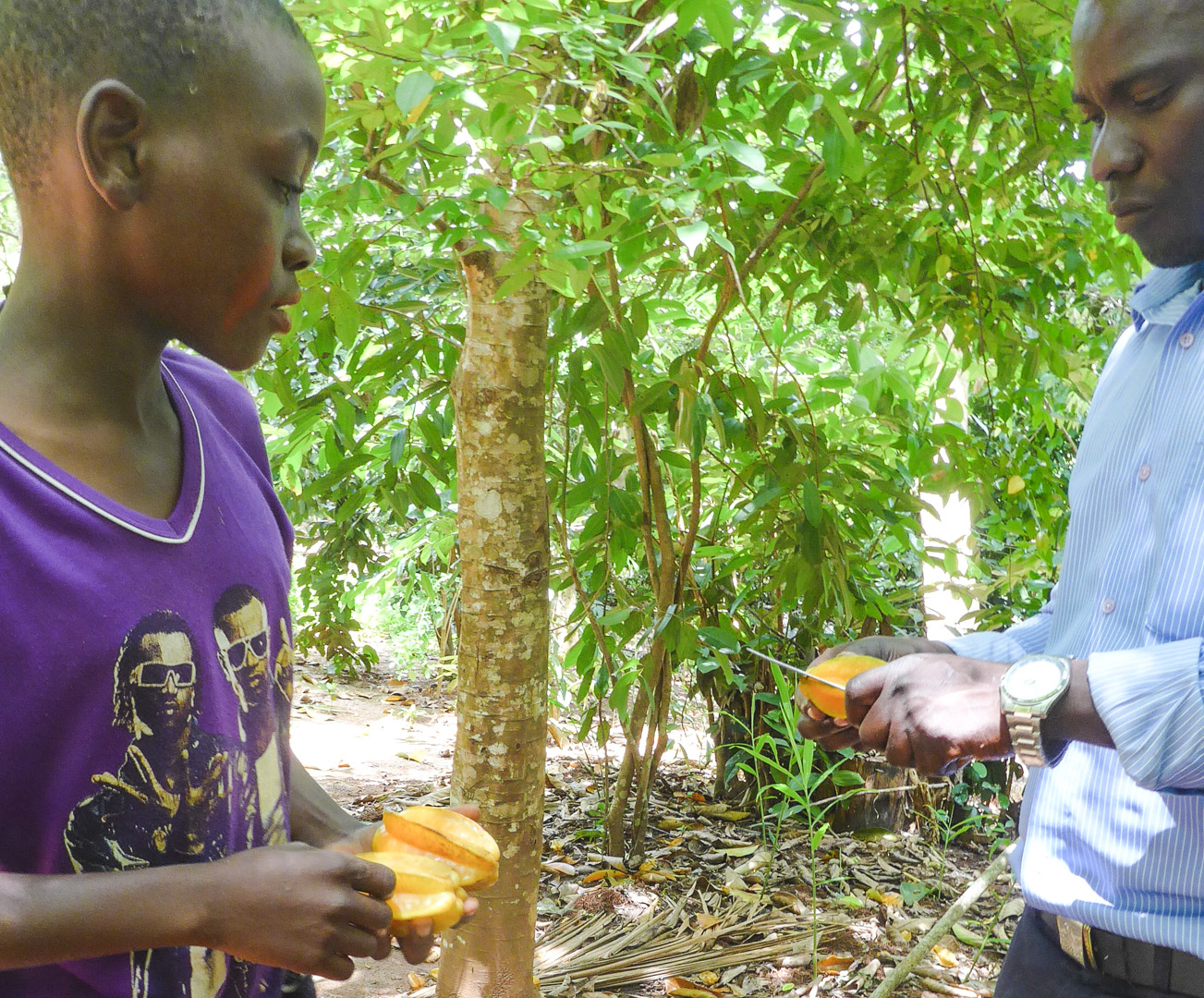
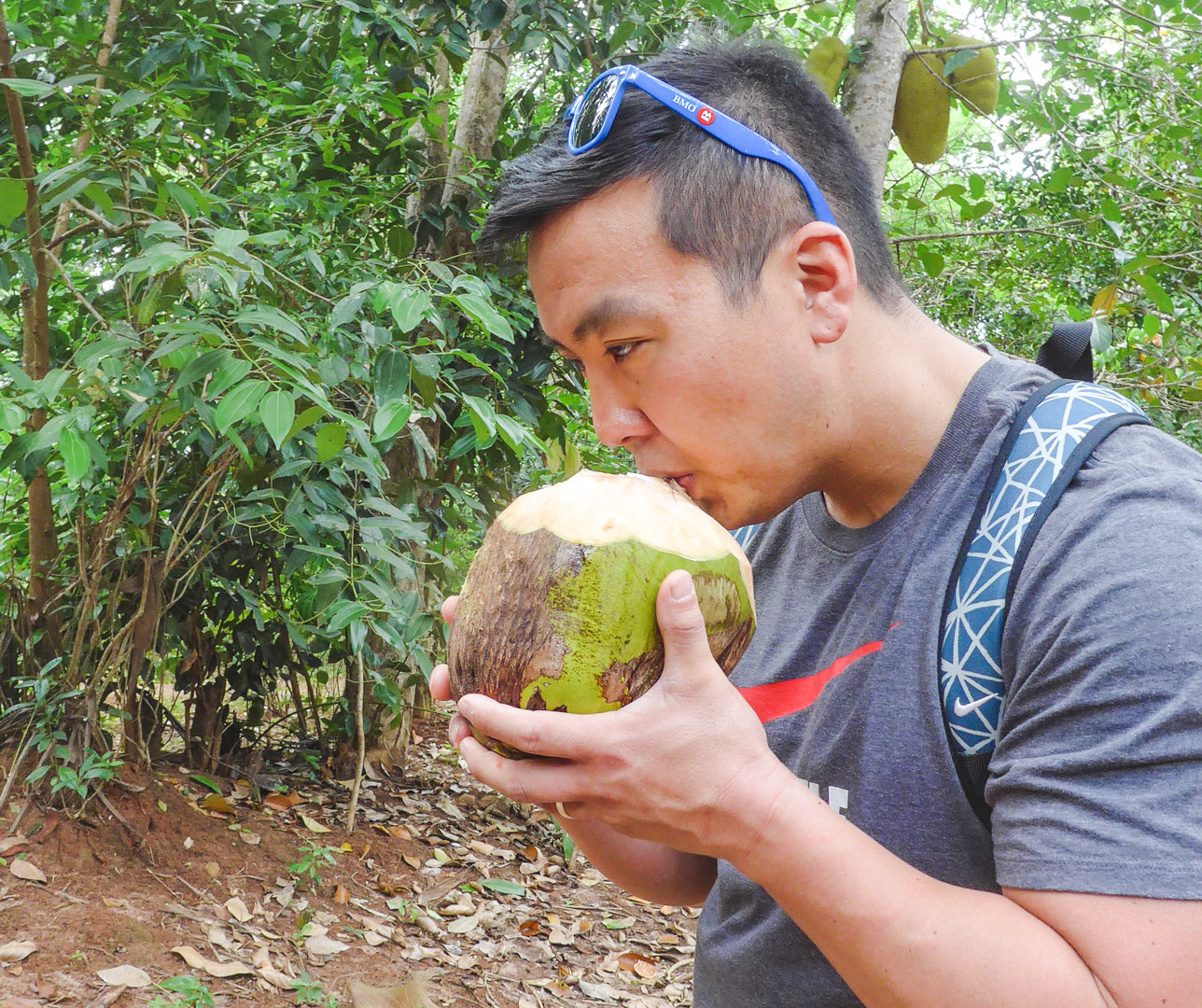
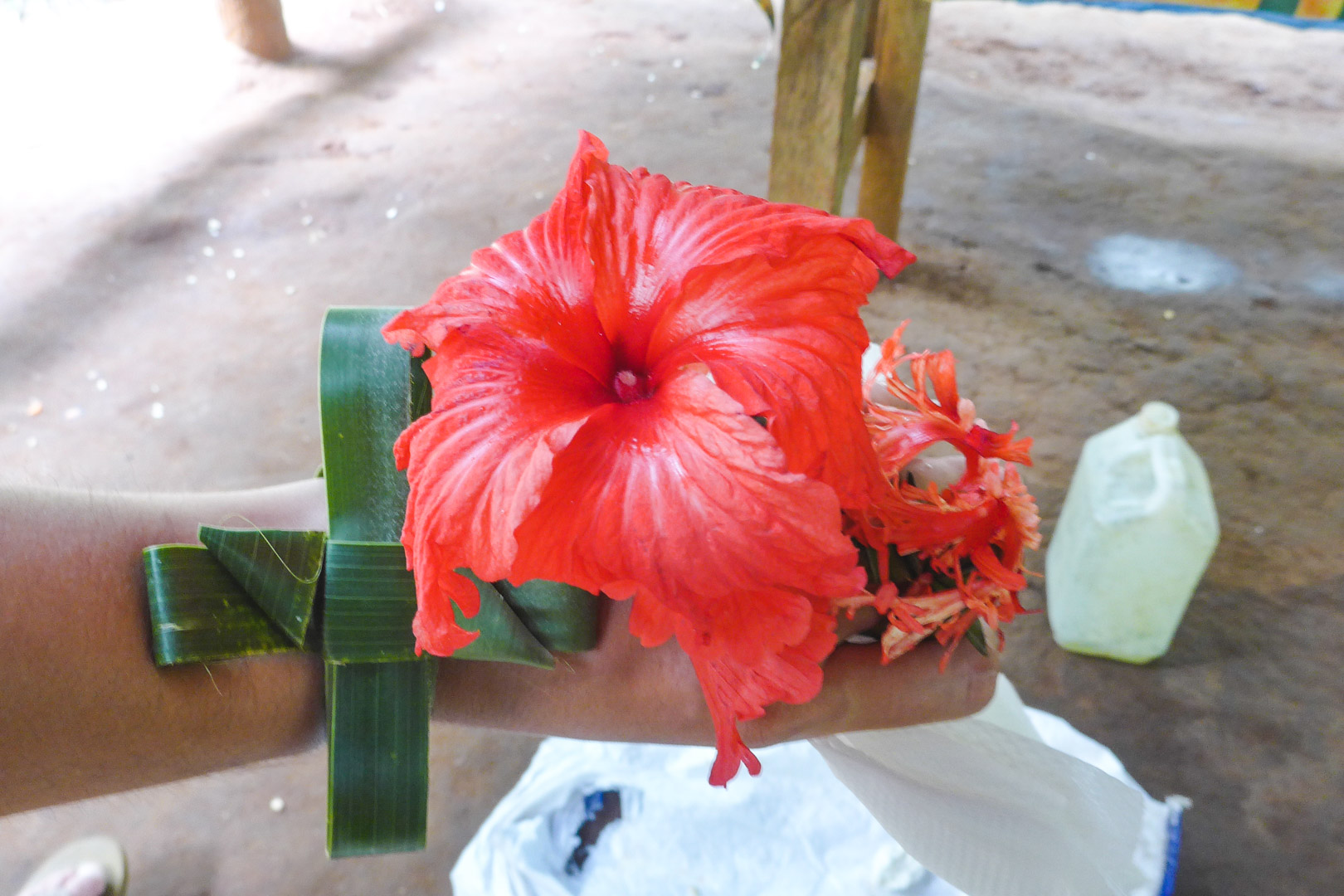
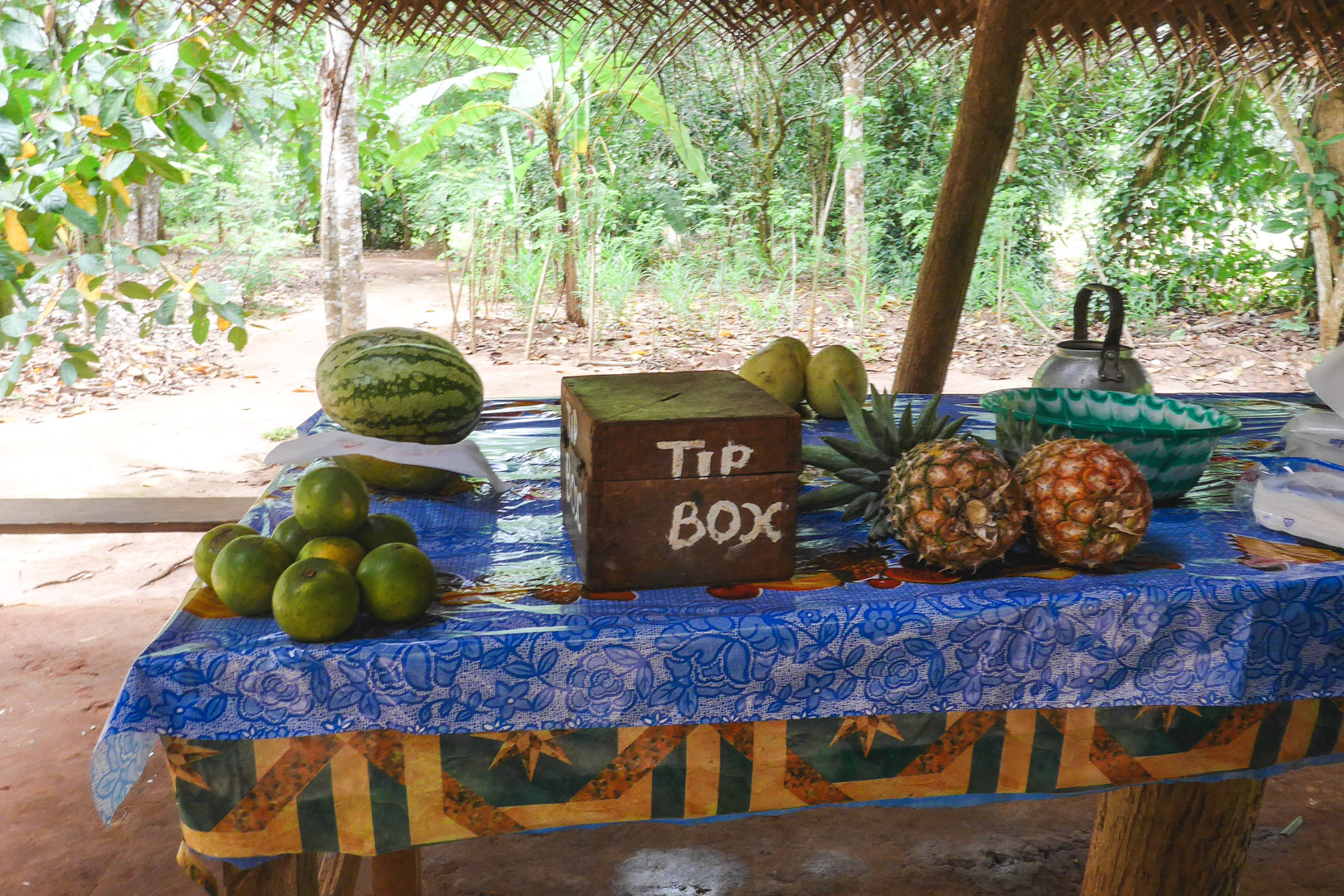
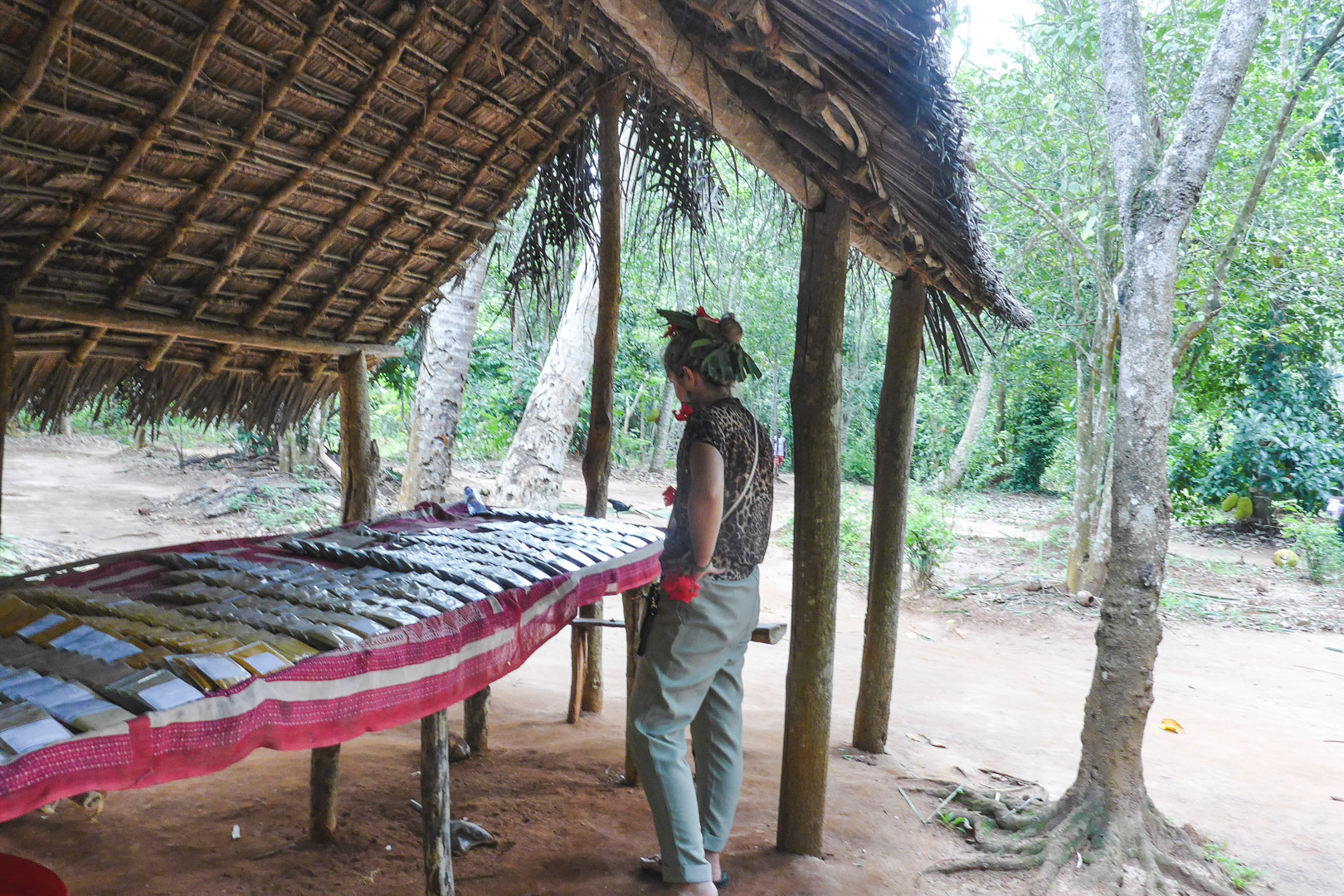
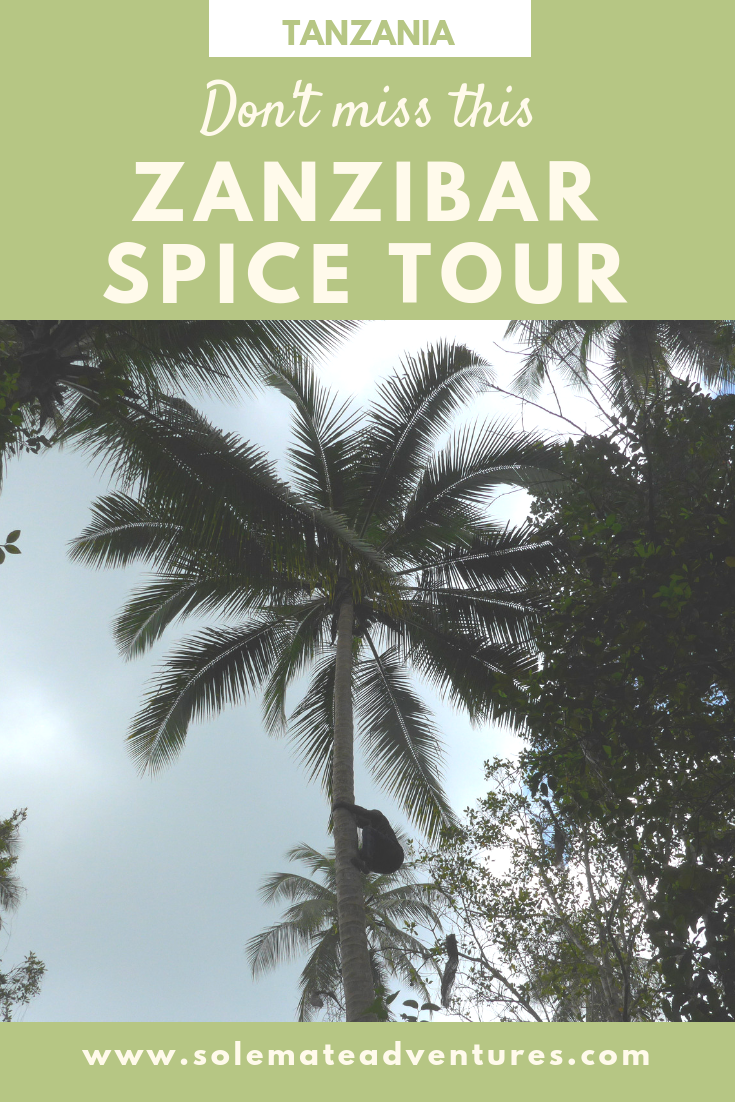


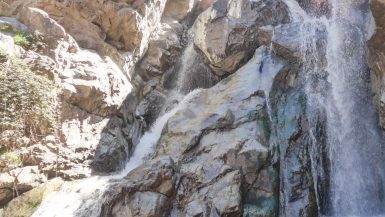
This is really interesting, I did not know that cotton grows on trees! Great post!
Haha neither did I! Thanks Danielle 🙂
wow this is super cool! I hope to do it too one day:) Africa is still unexplored territory for me
Thanks Zory! I hope you get to go to Africa – it’s such a special place 🙂
Wow I did not how these spices are grown, especially cotton. I thought they grow on bushes? Sounds like a great tour!
haha we had no idea either. We learned a lot!
[…] Go on a Spice Tour […]
[…] Zanzibar Spice Tour […]
[…] Read all about our Zanzibar Spice Tour […]